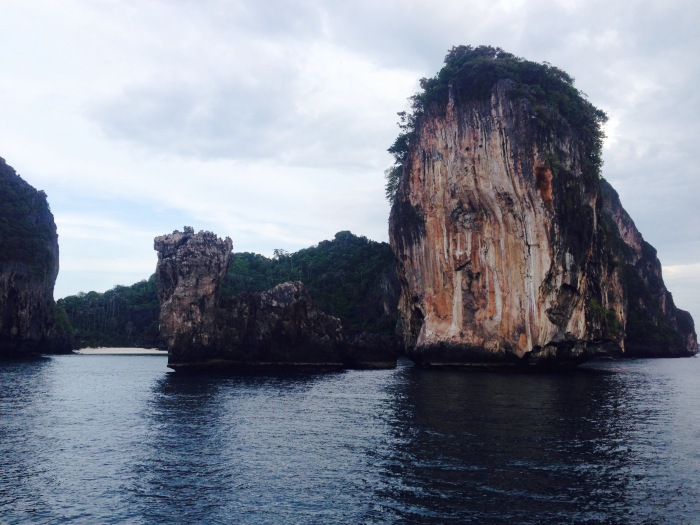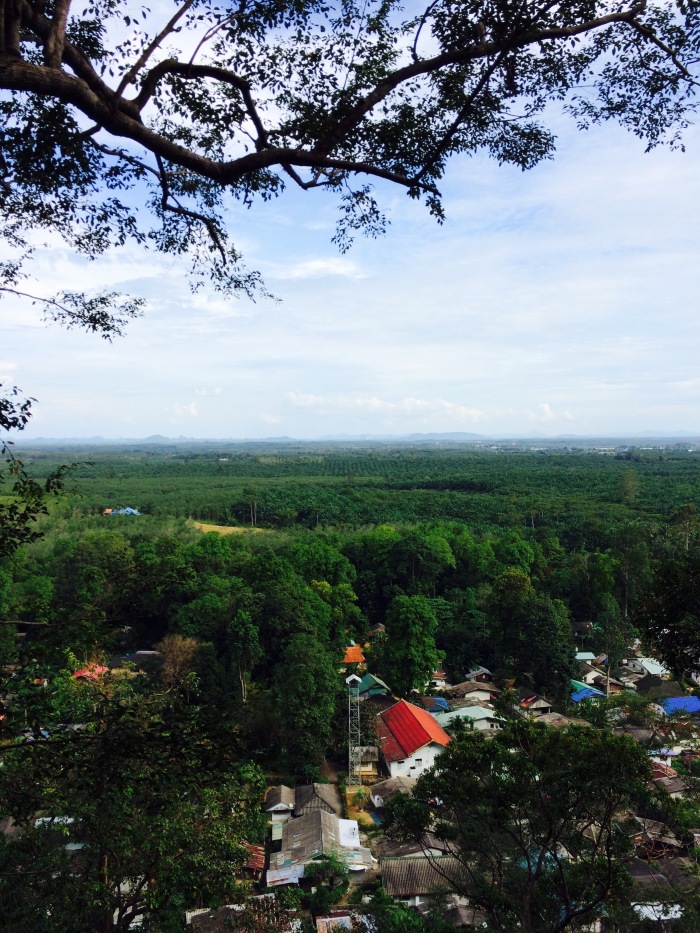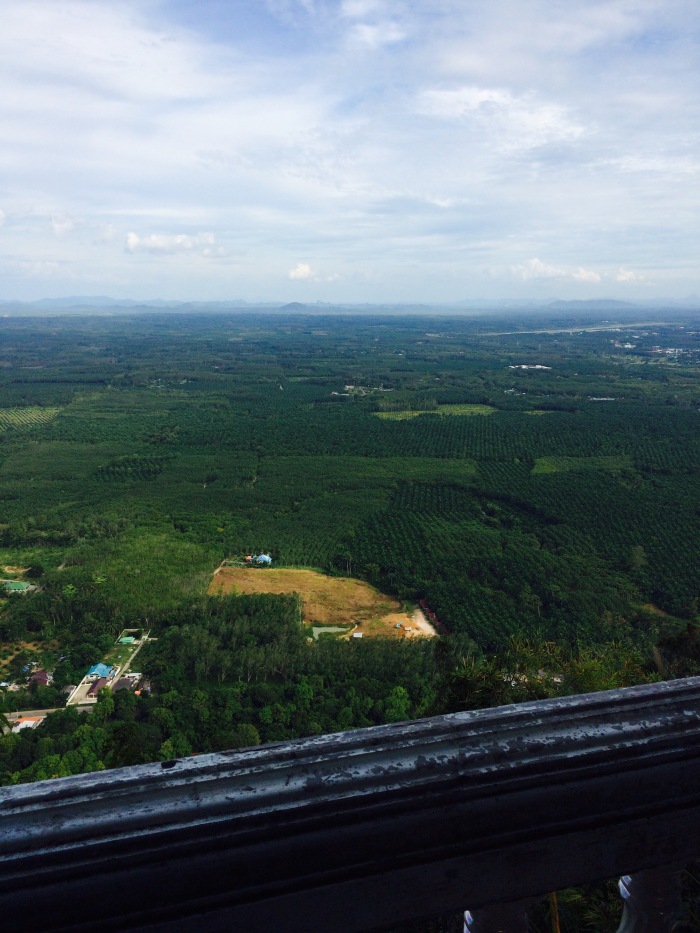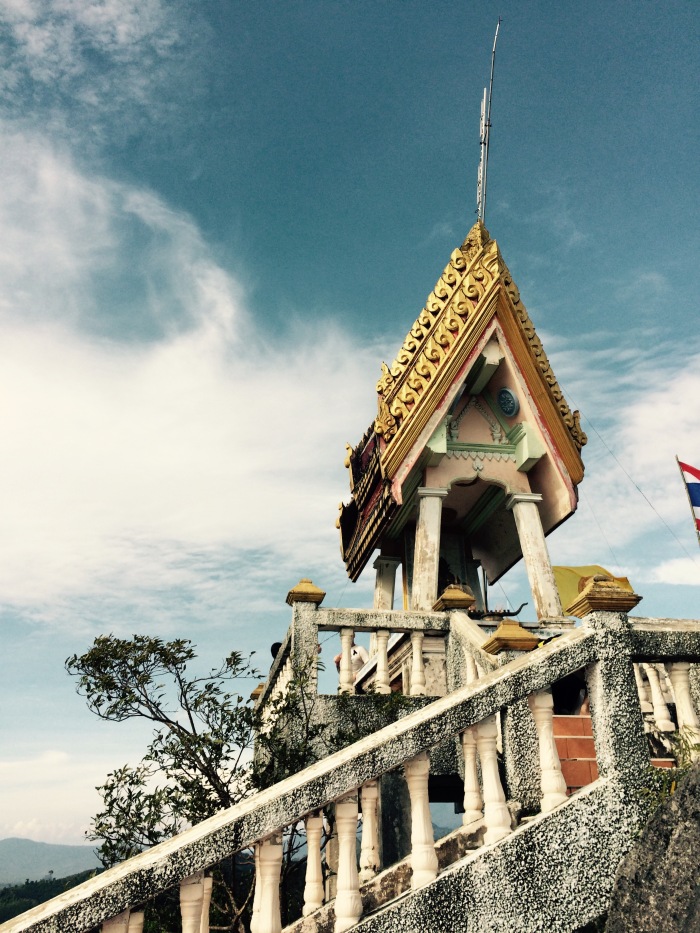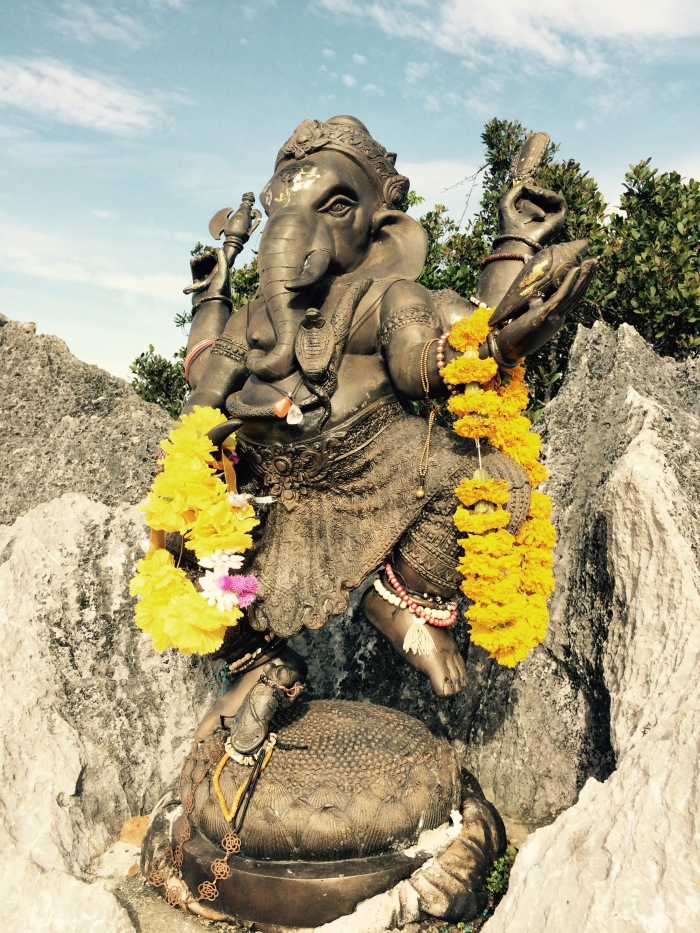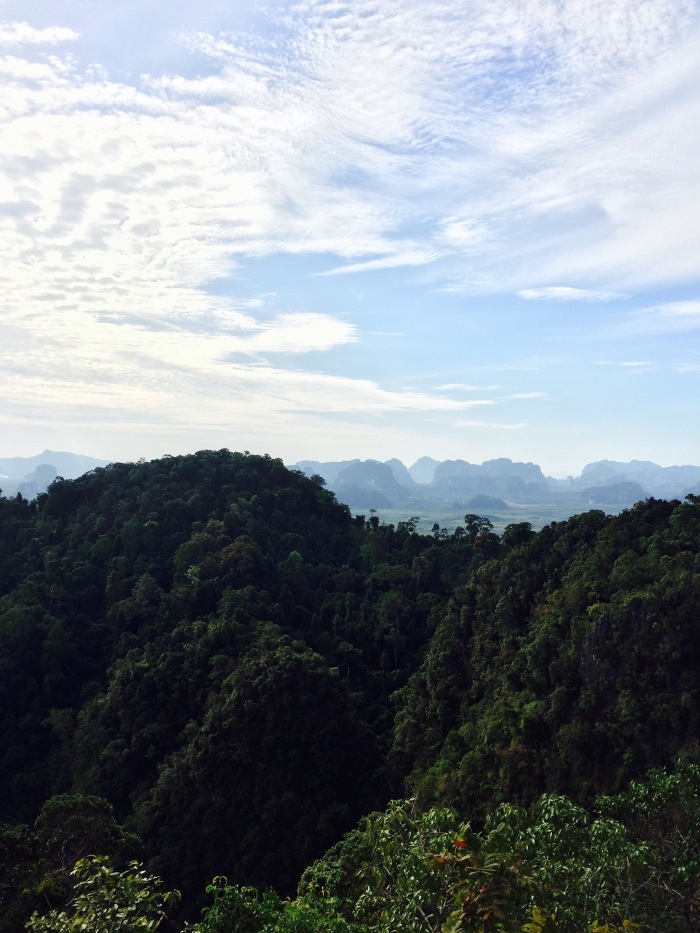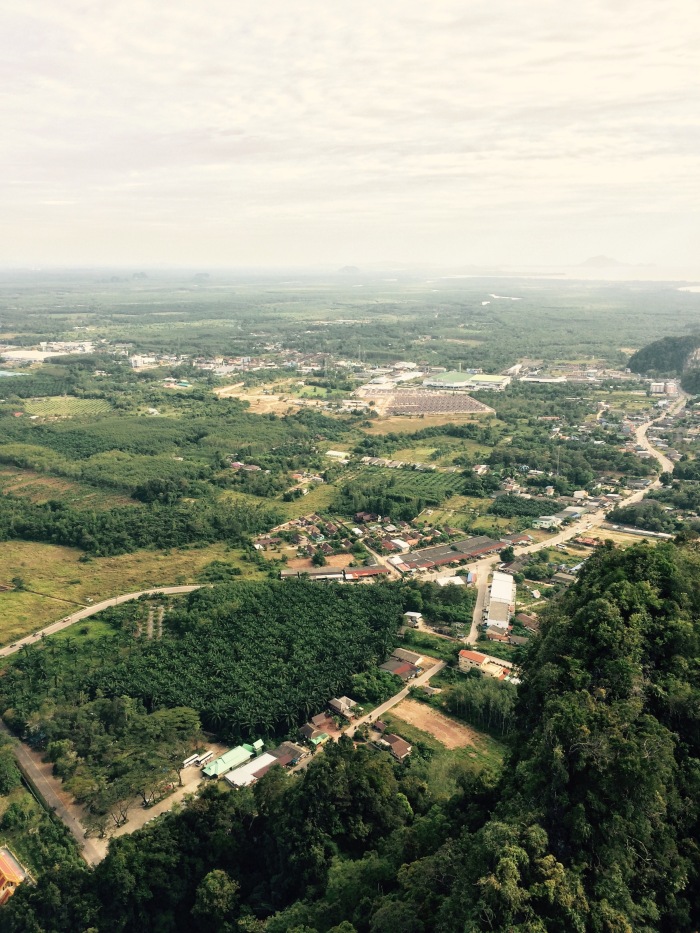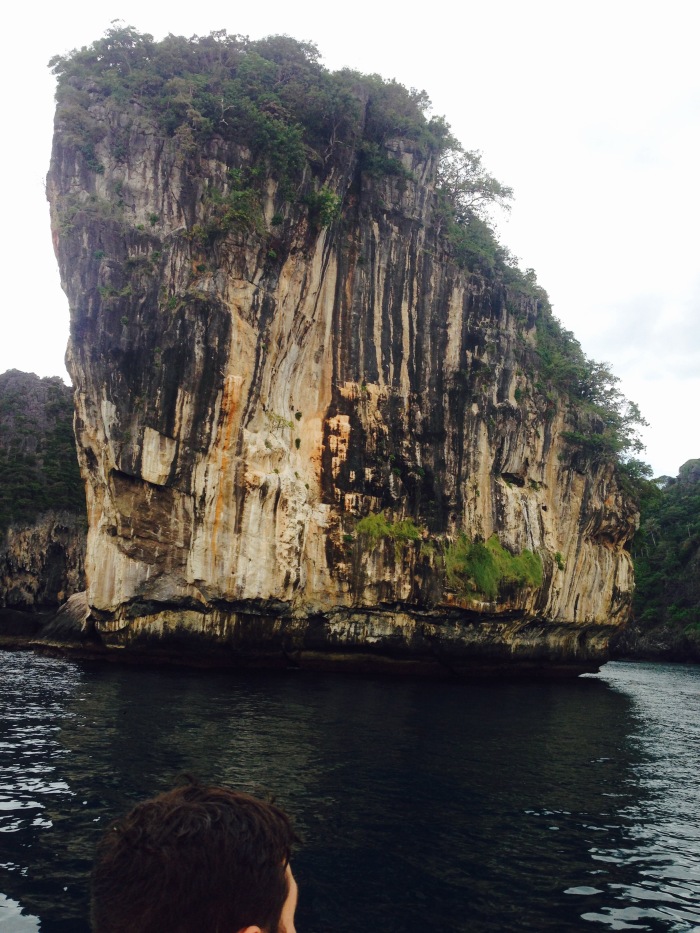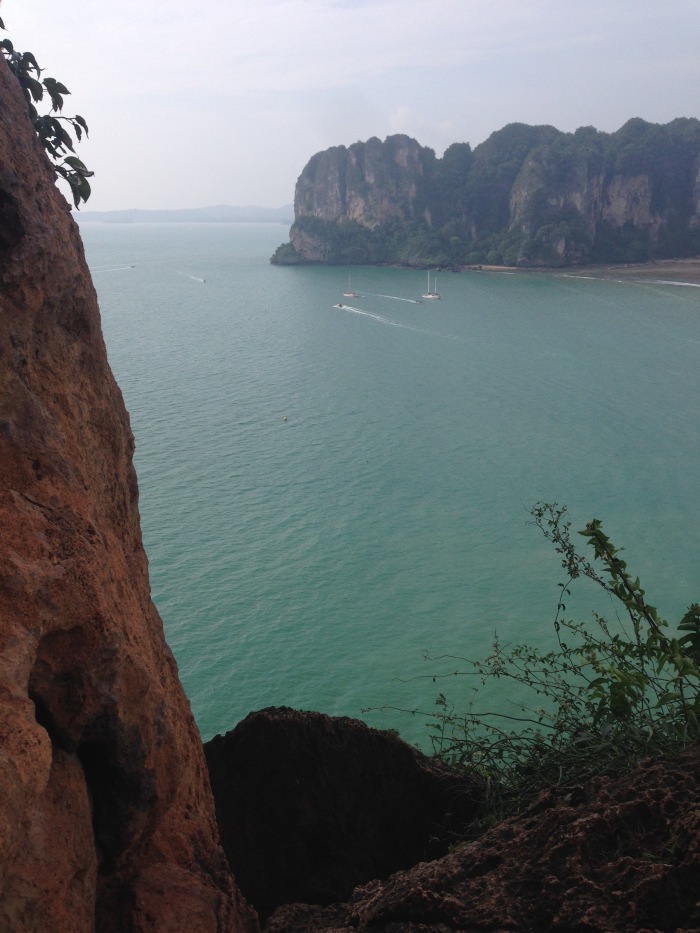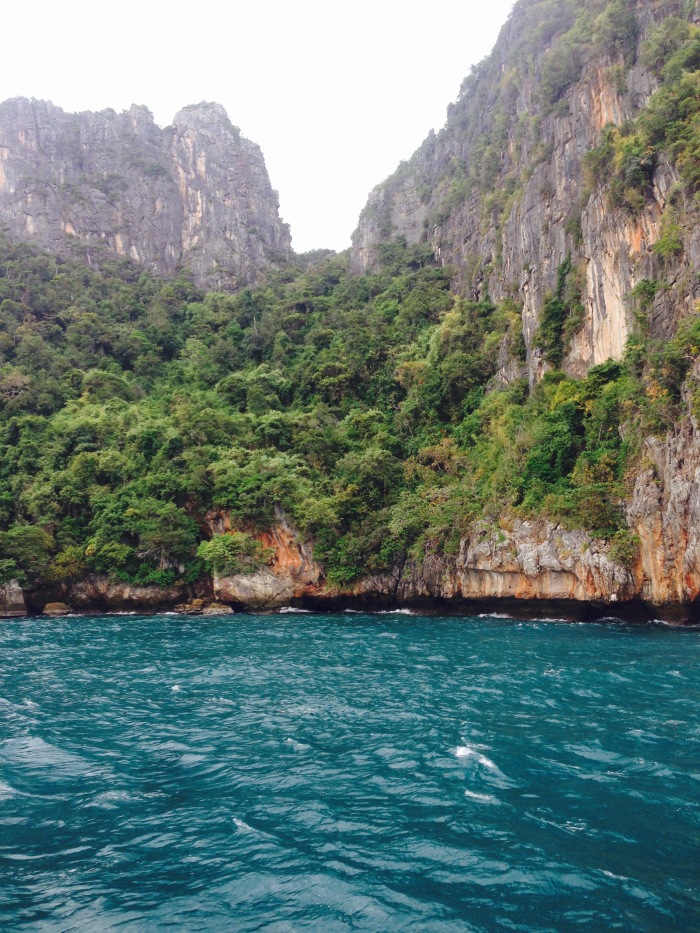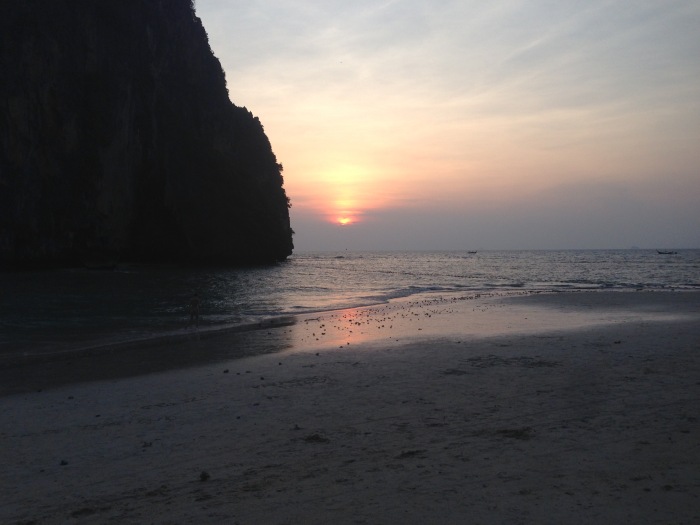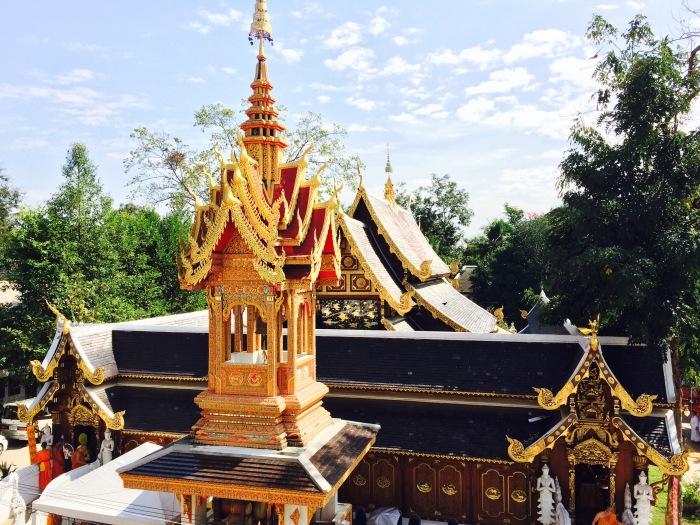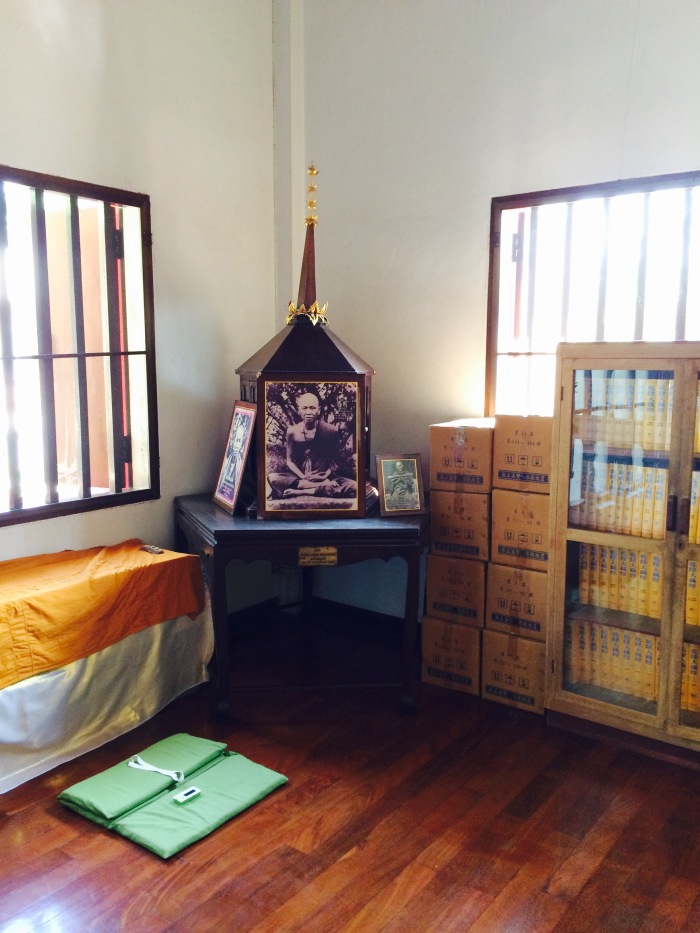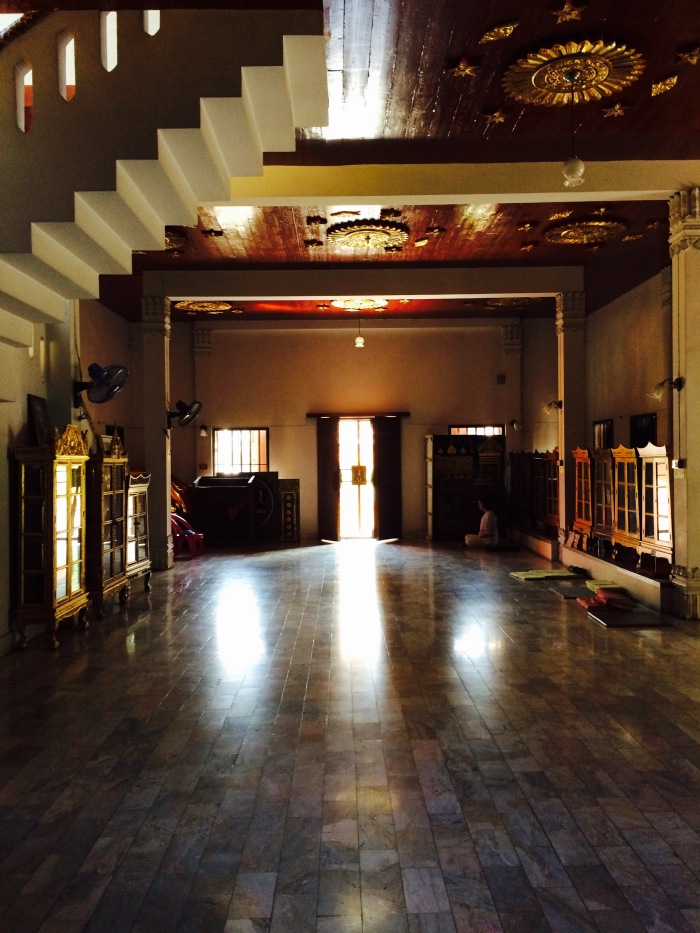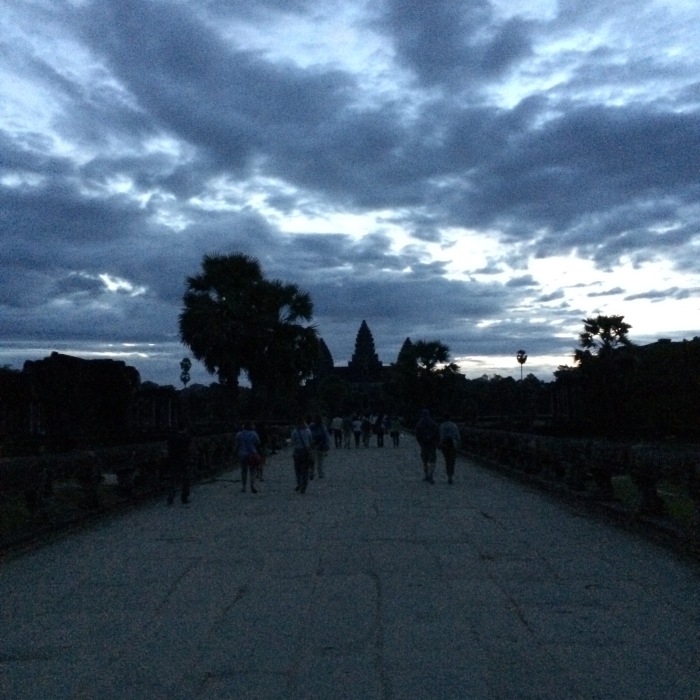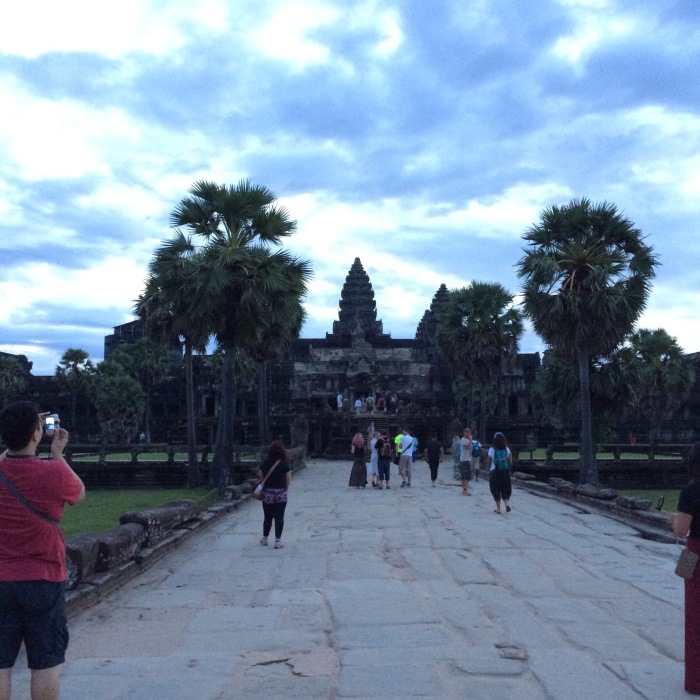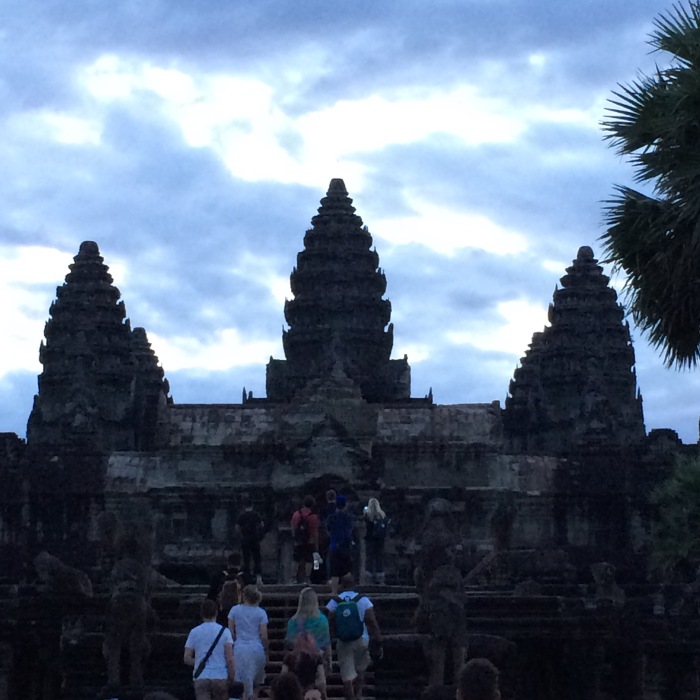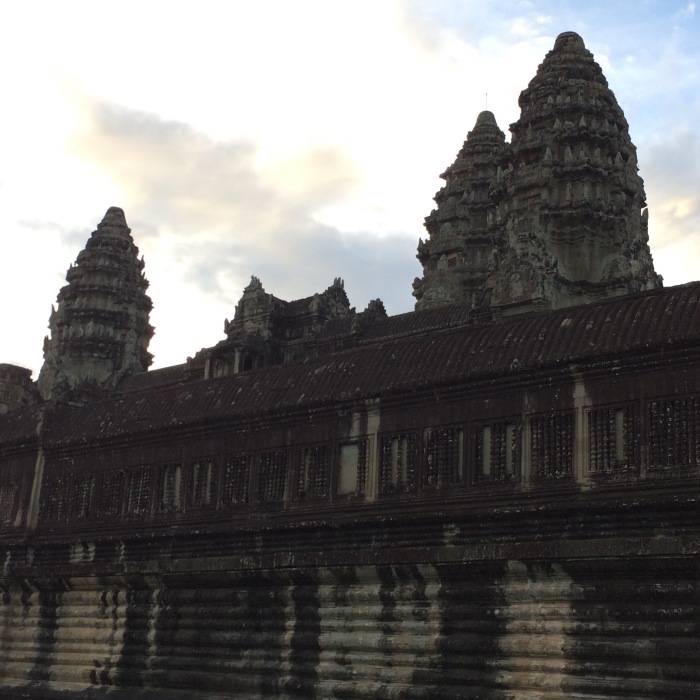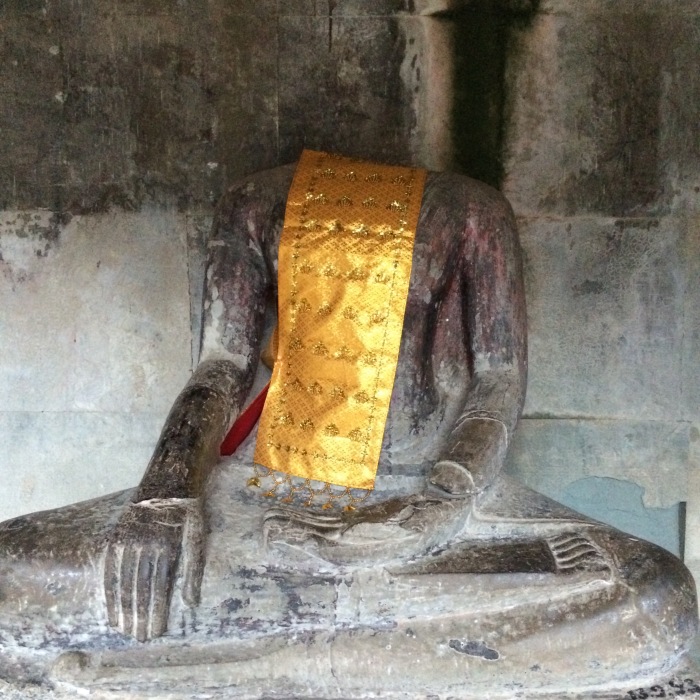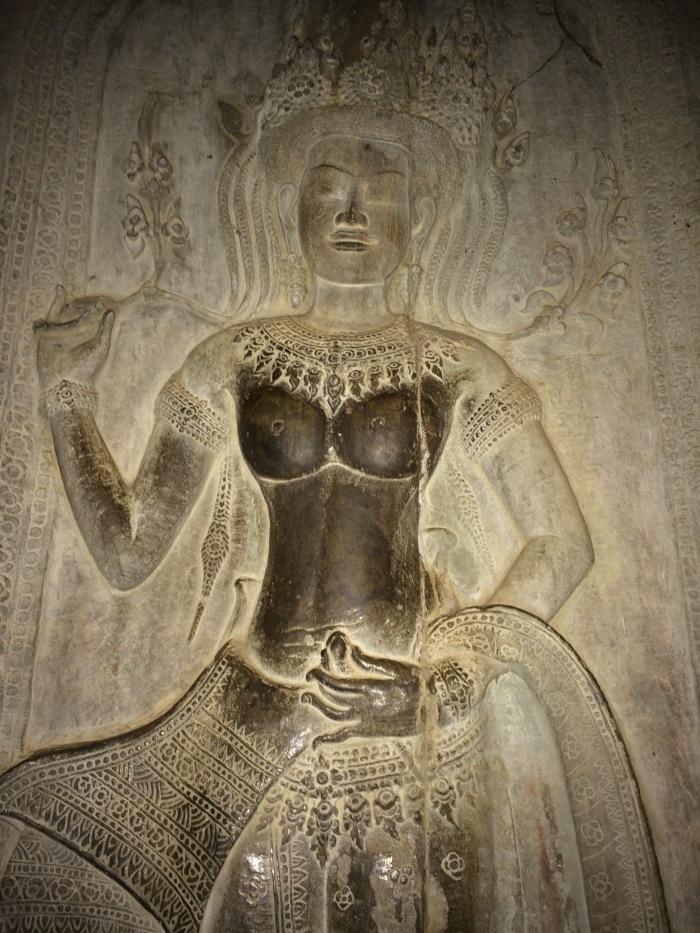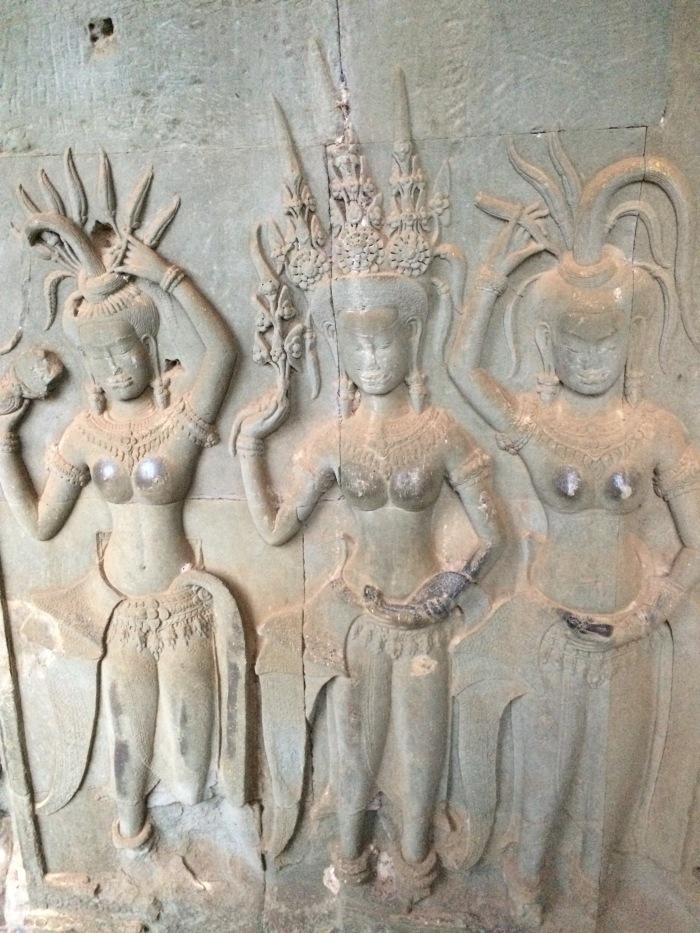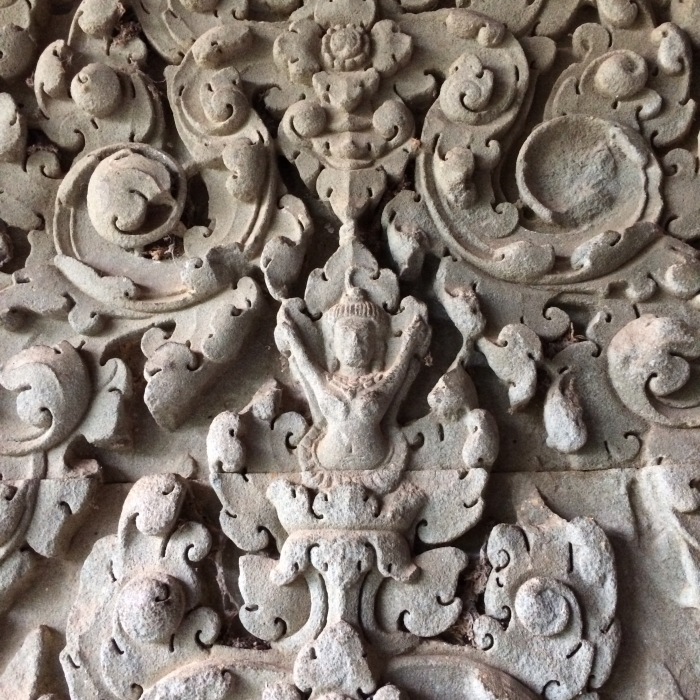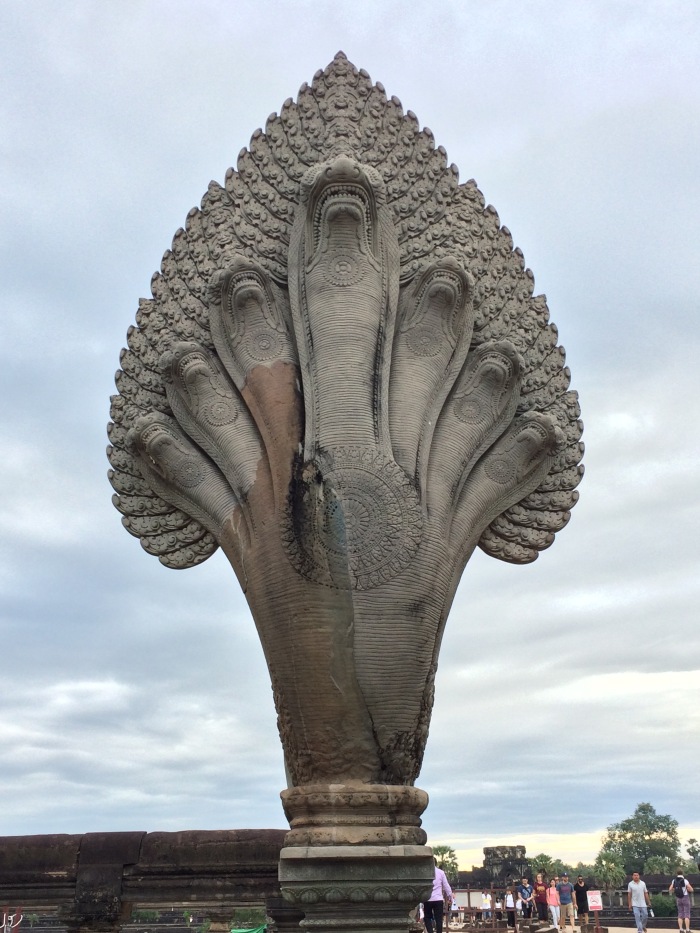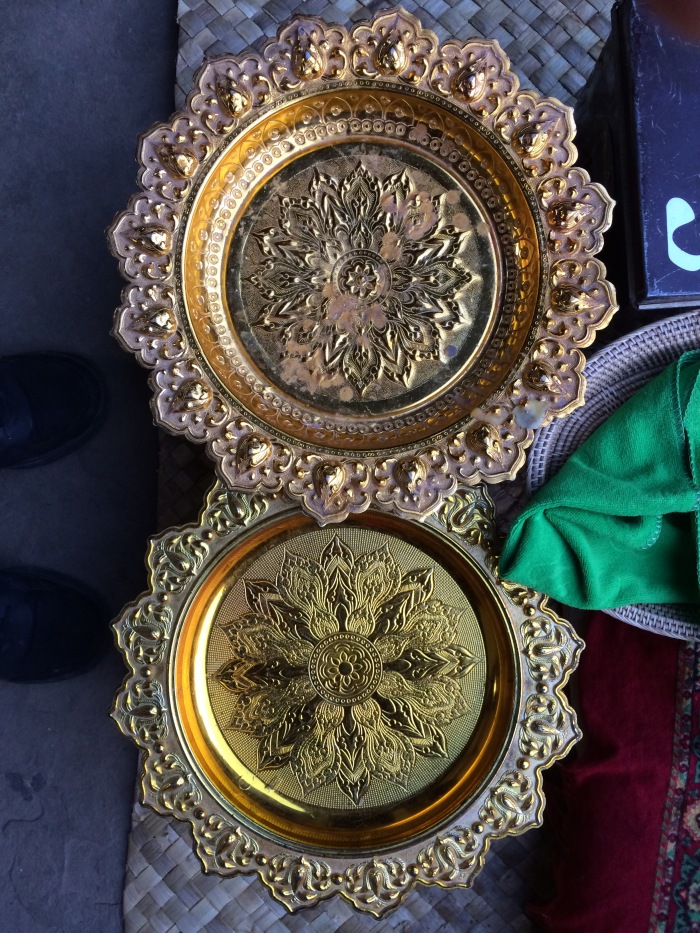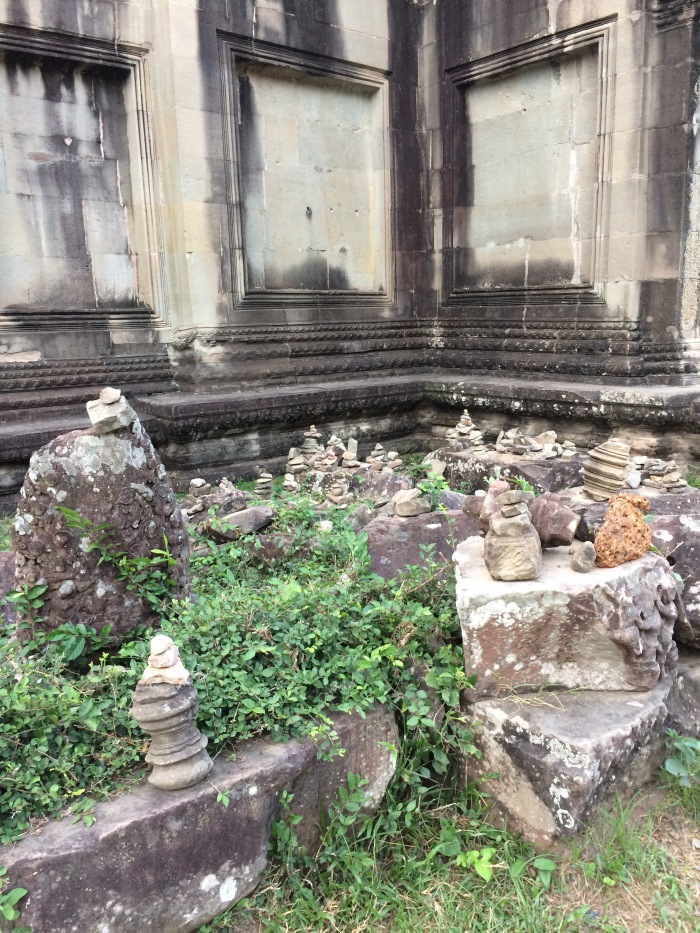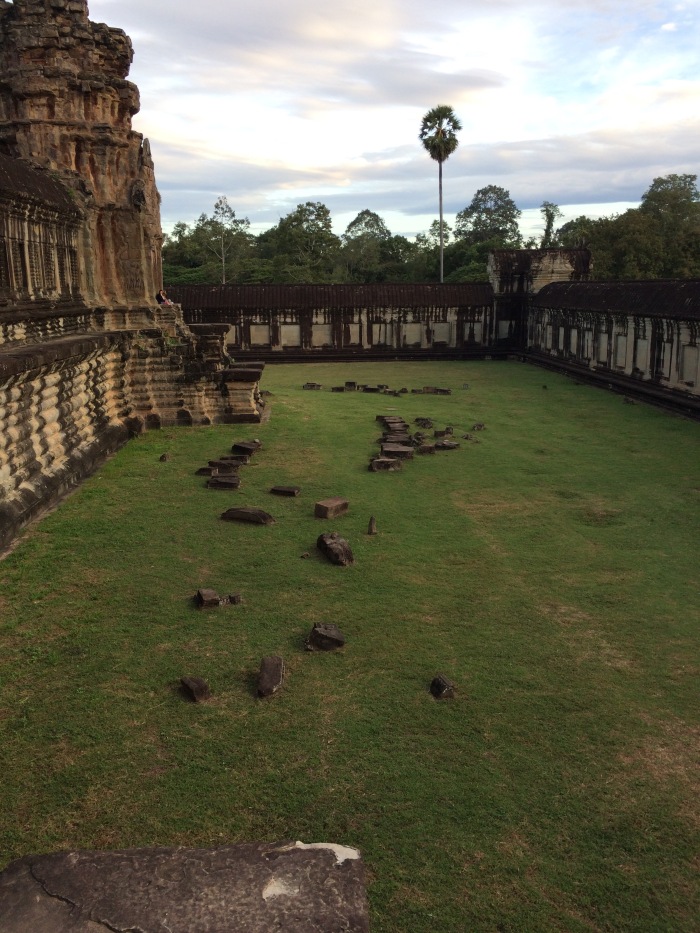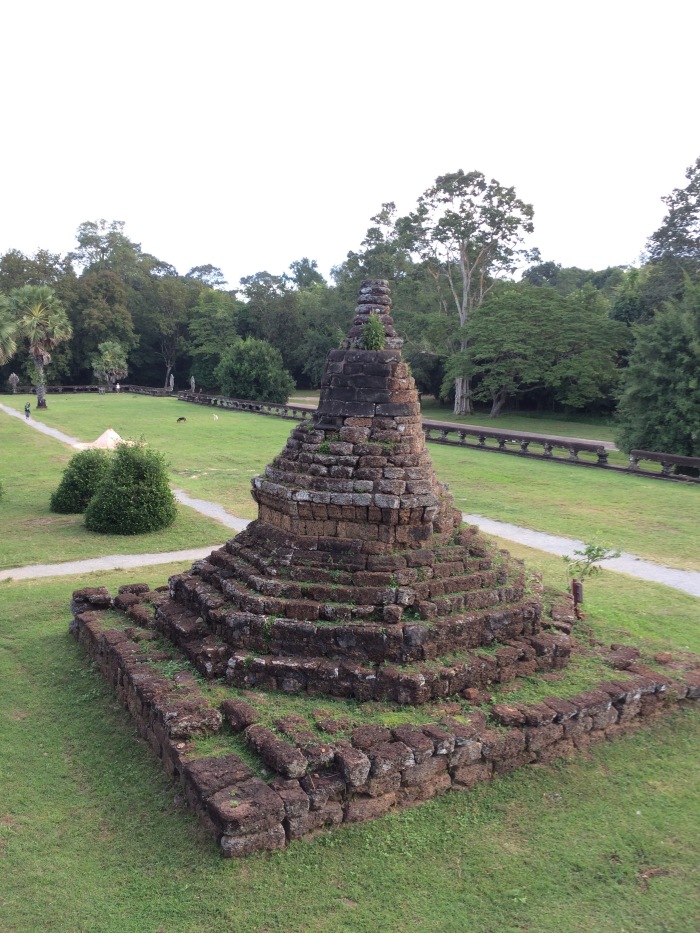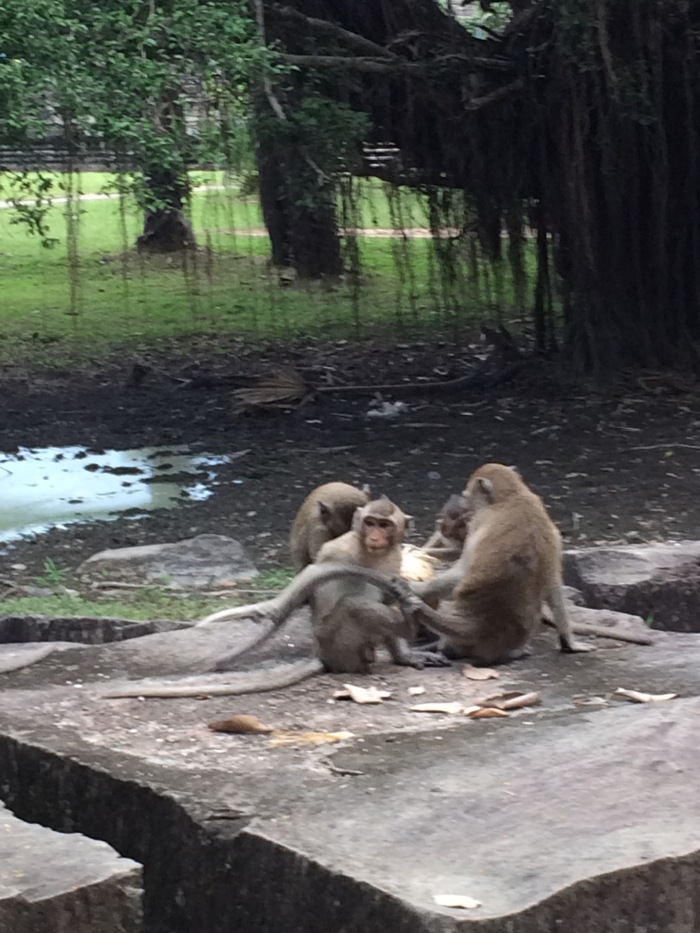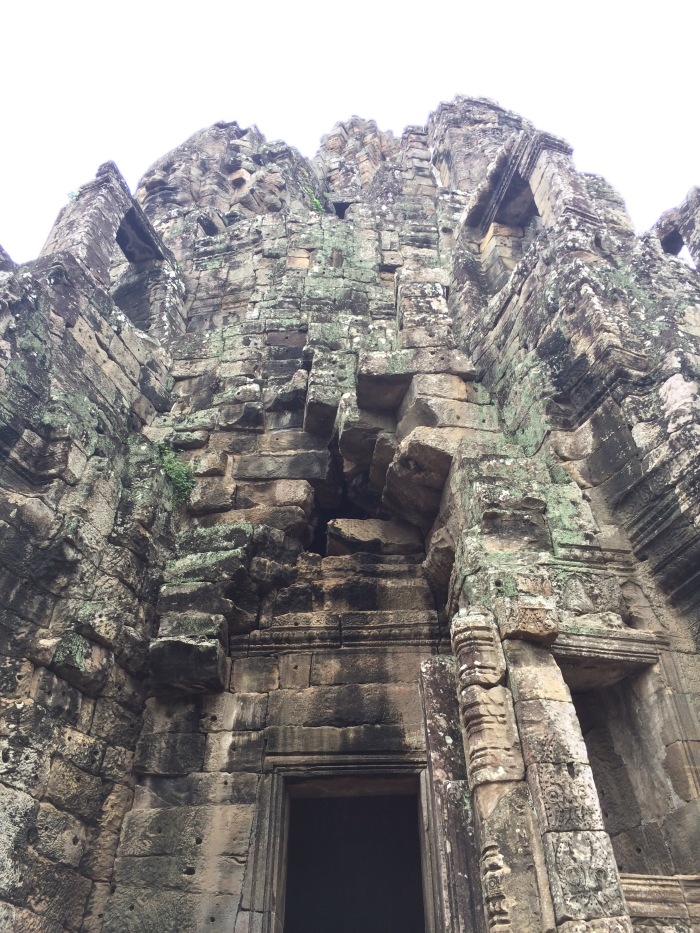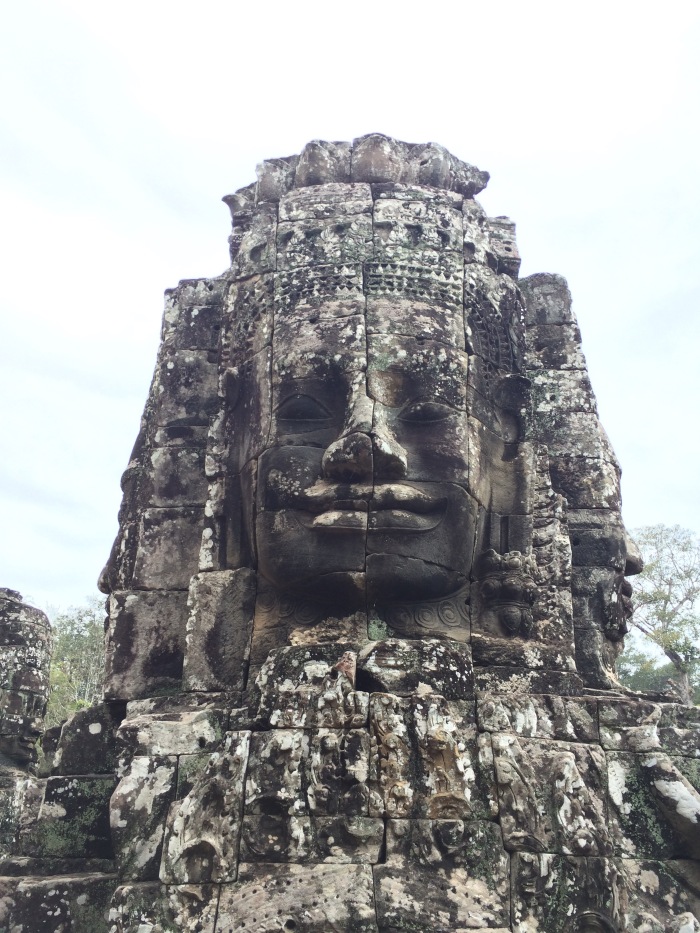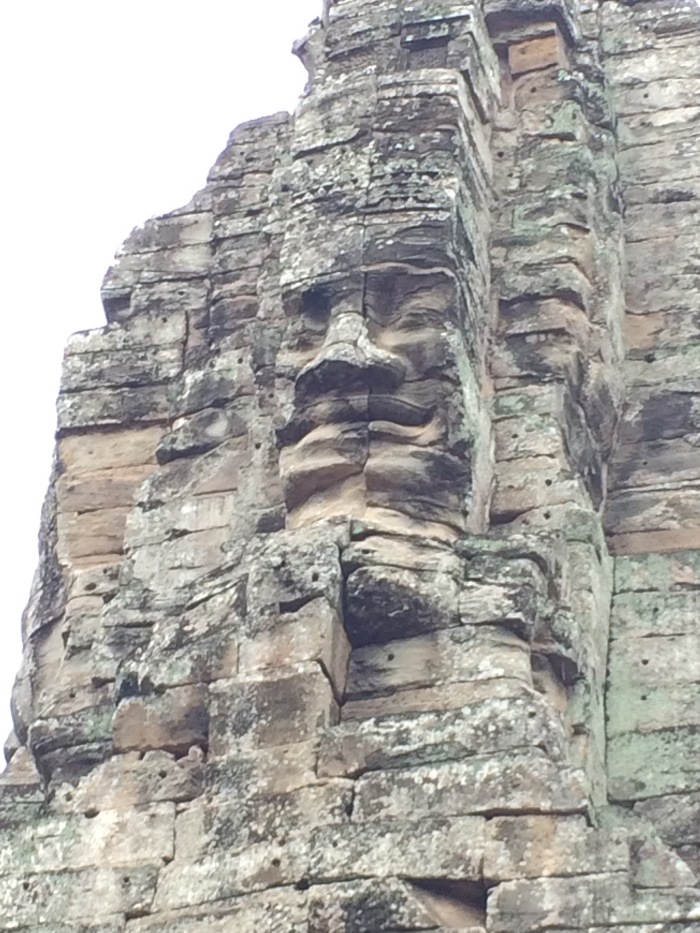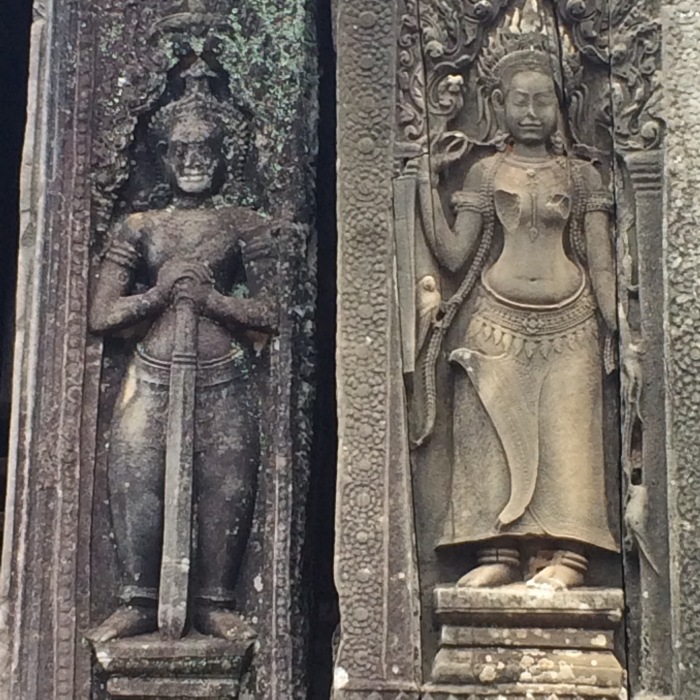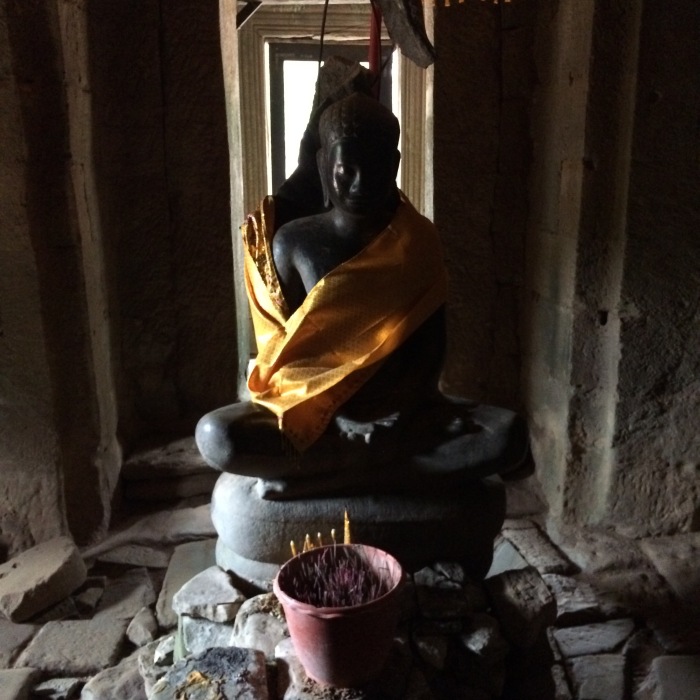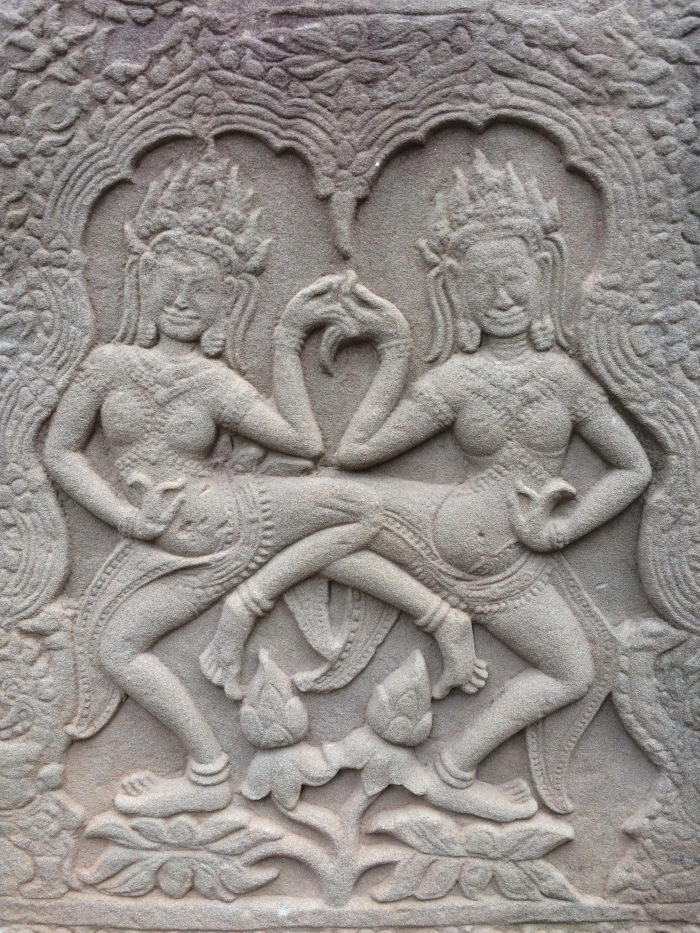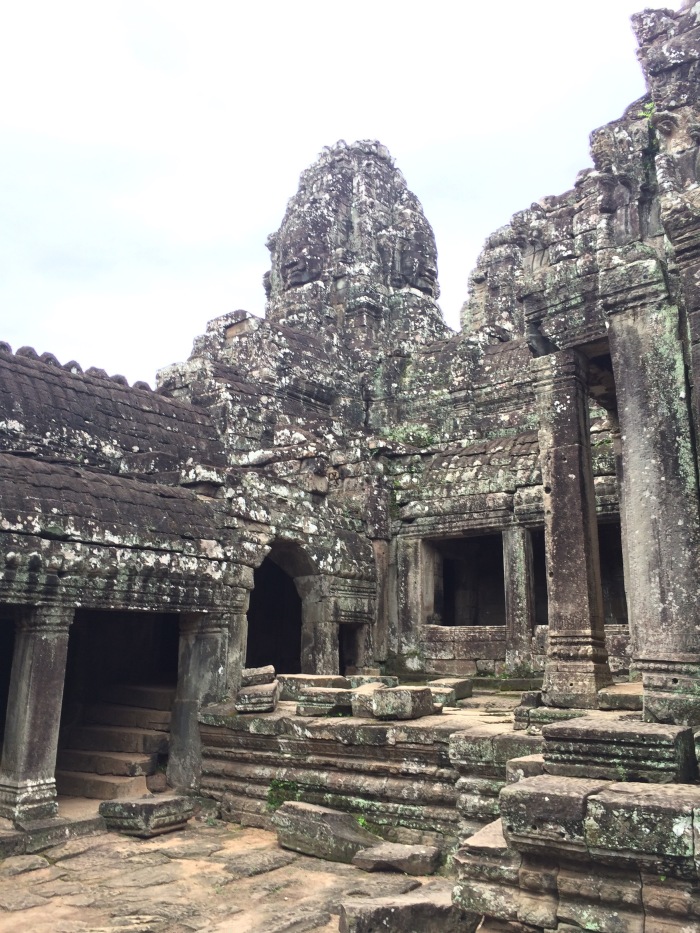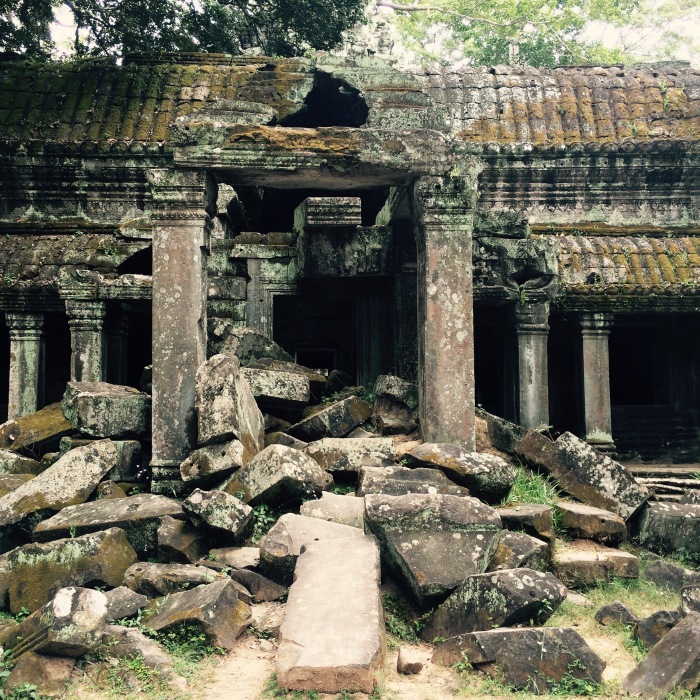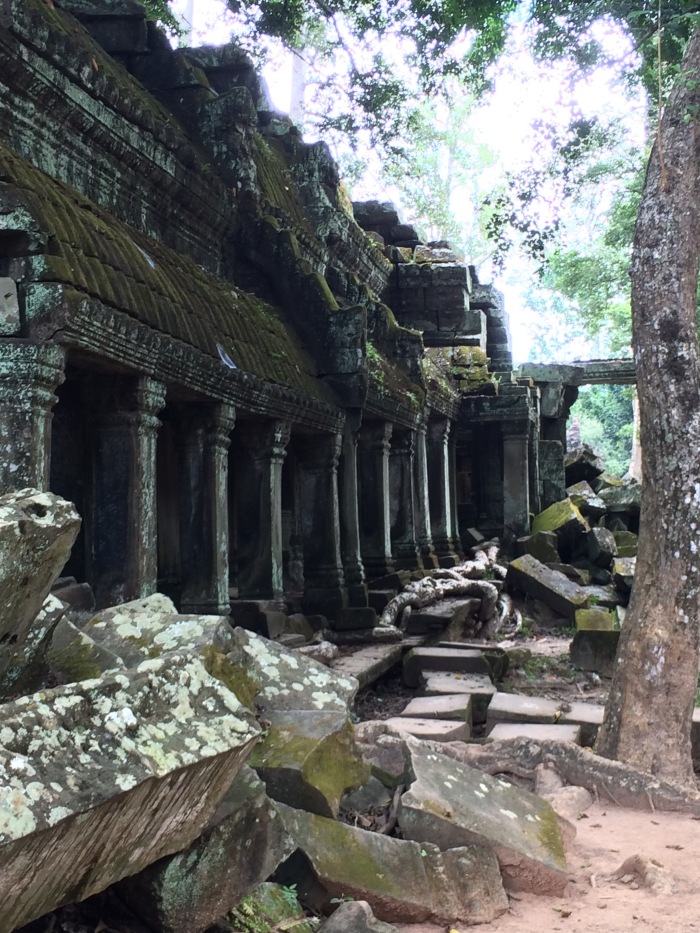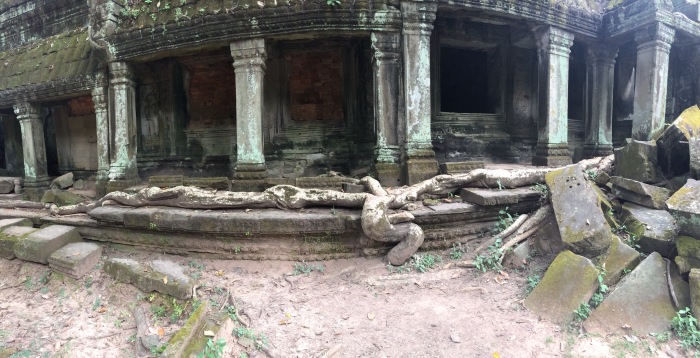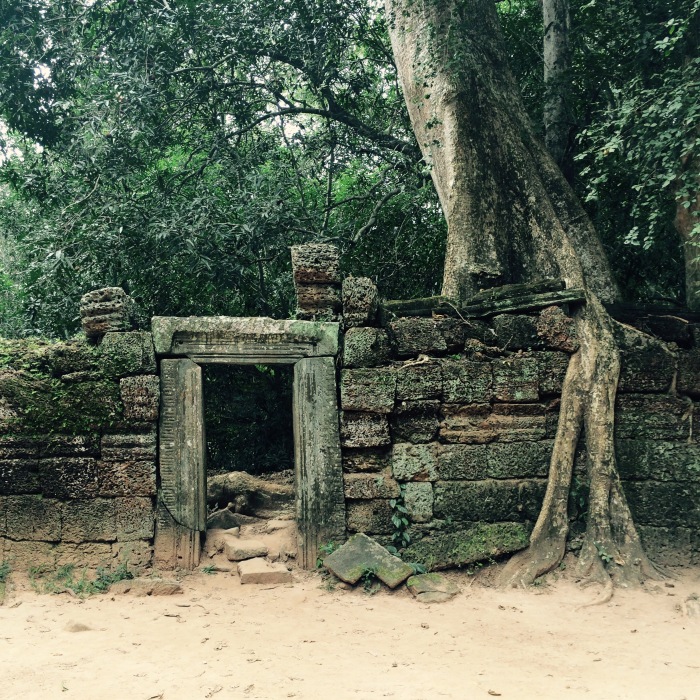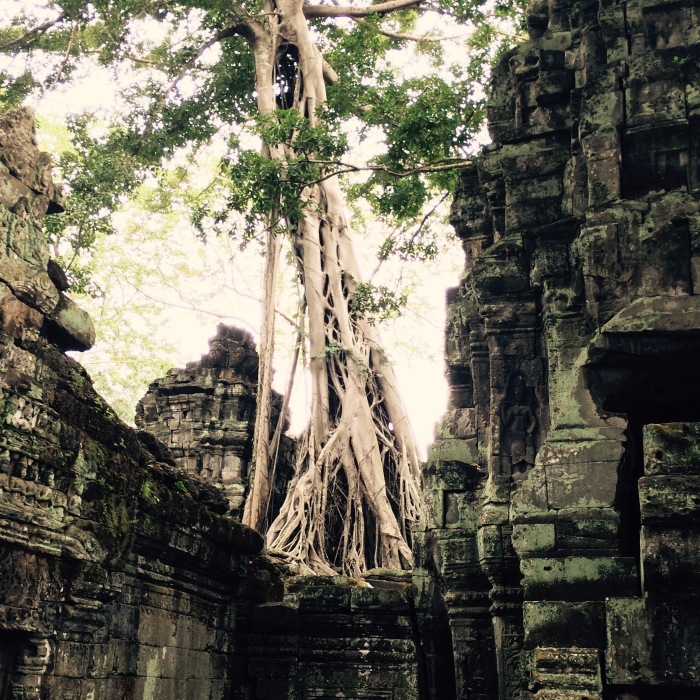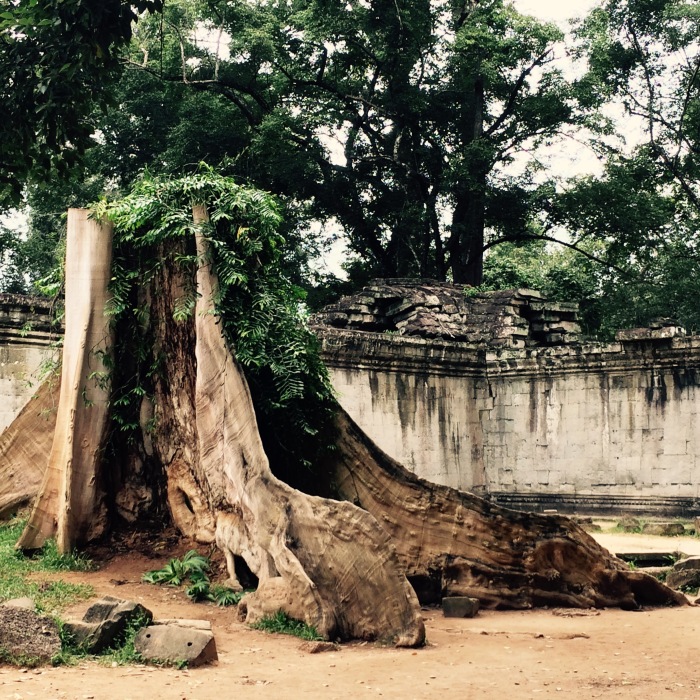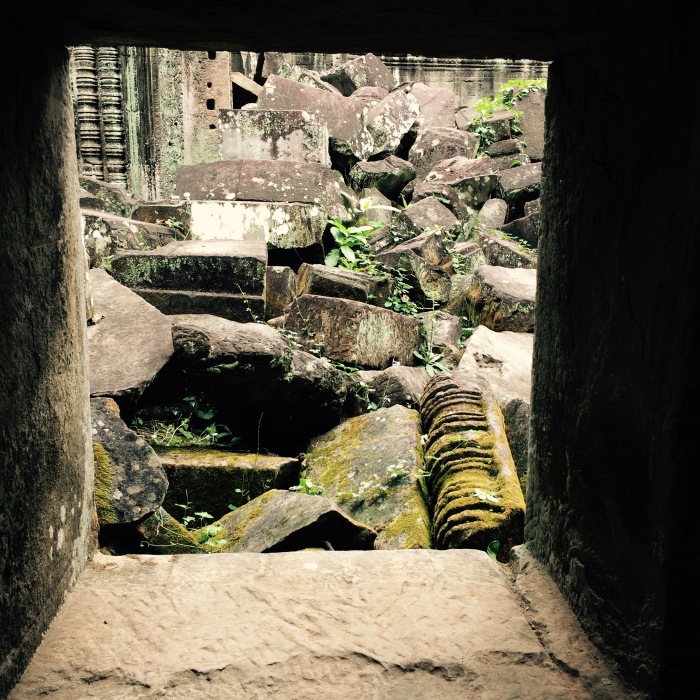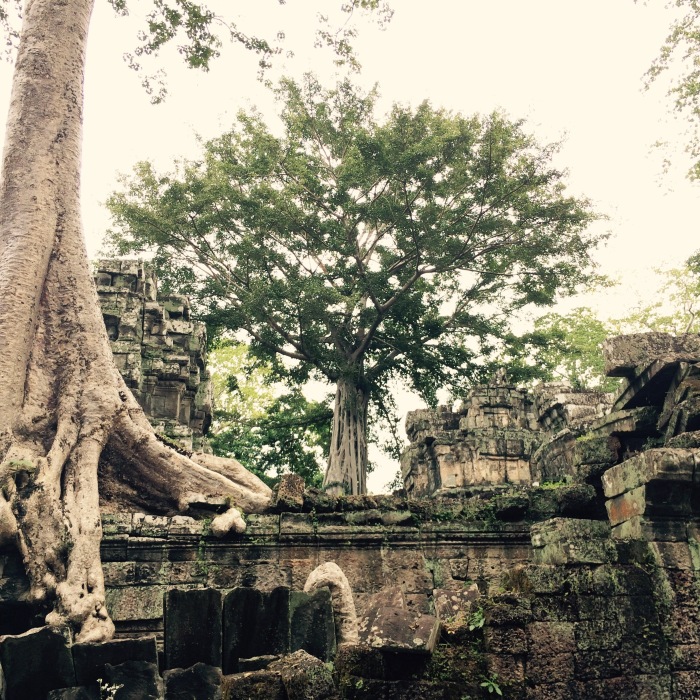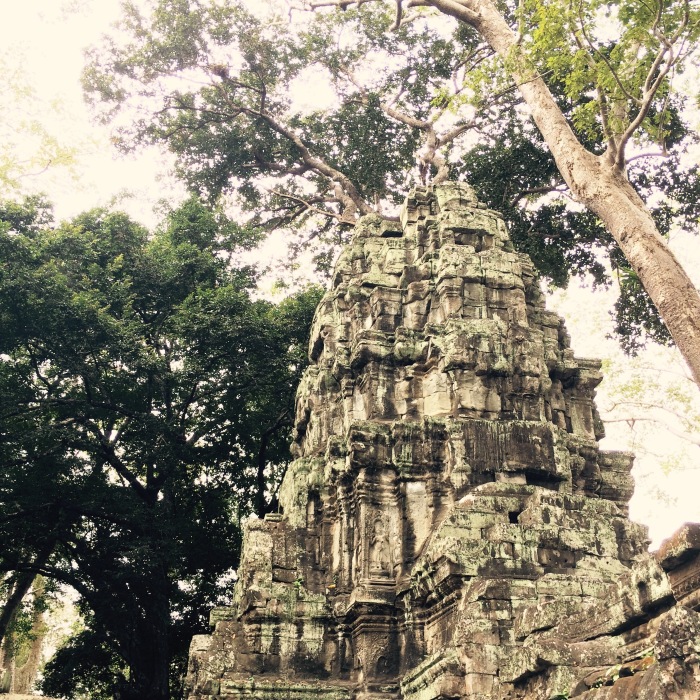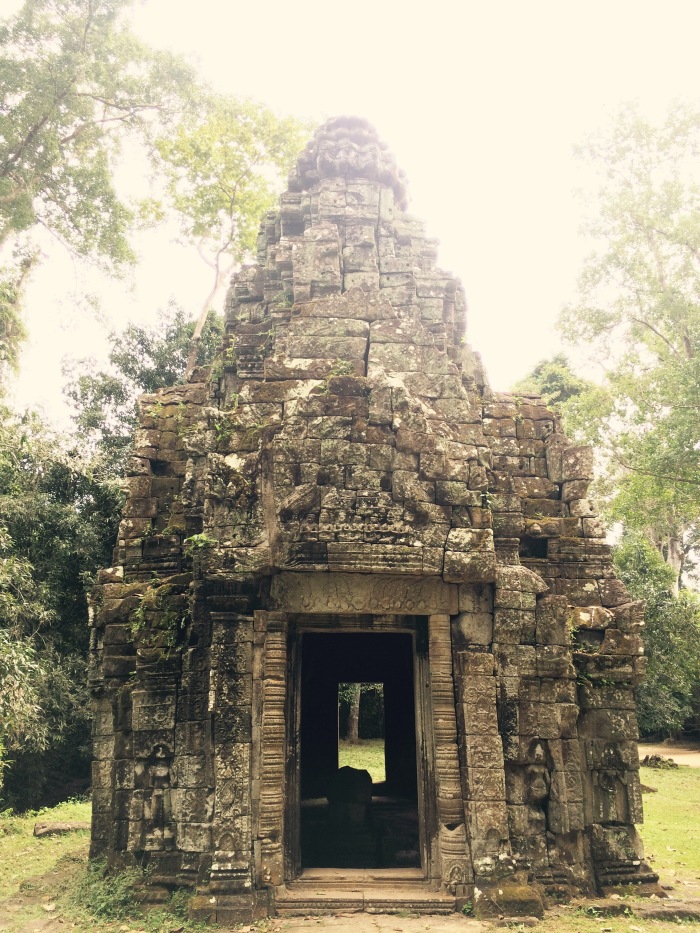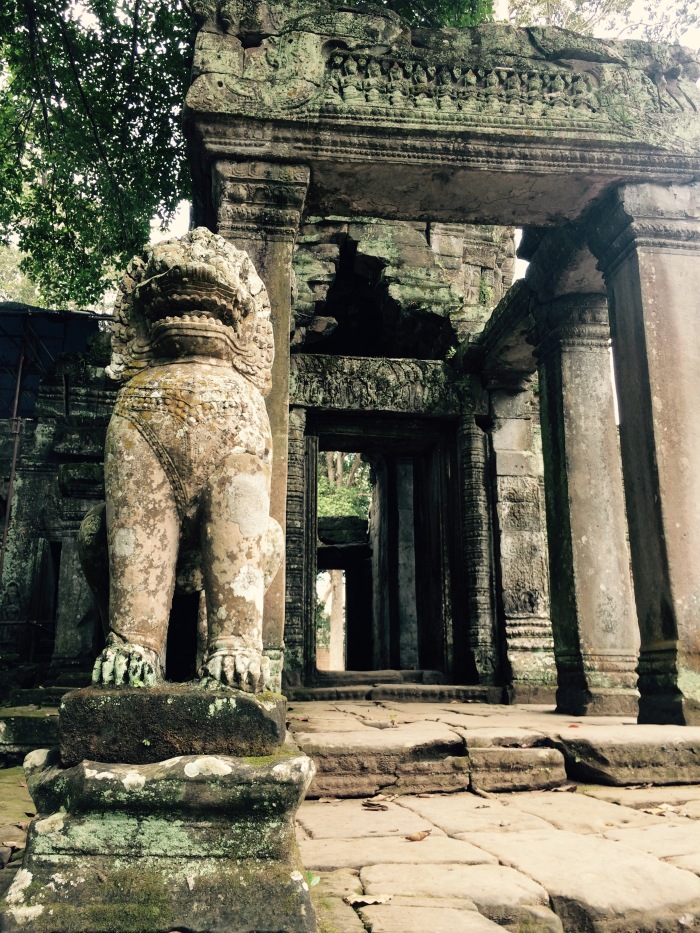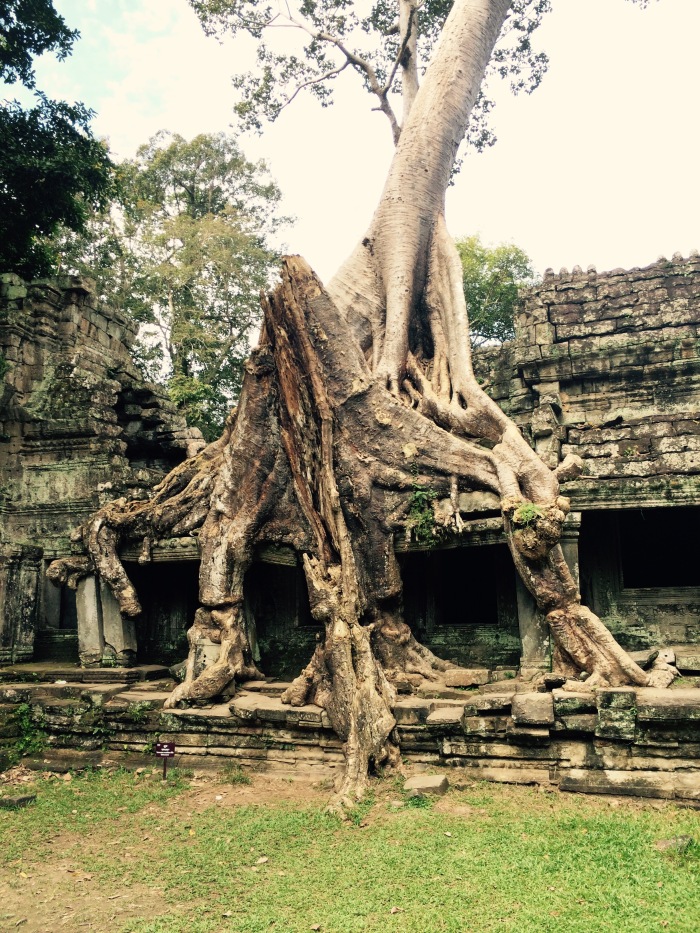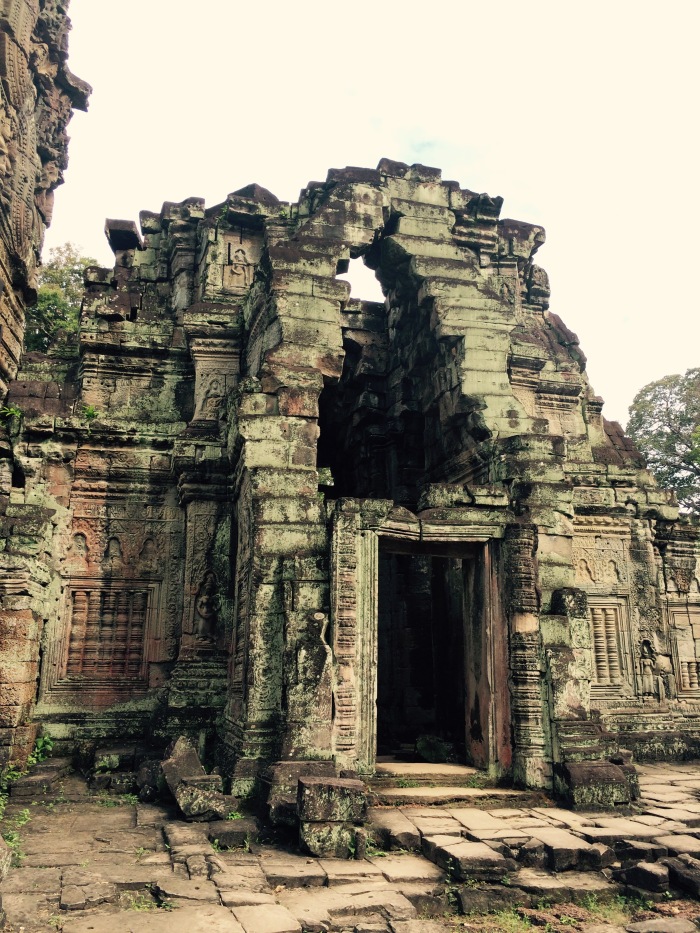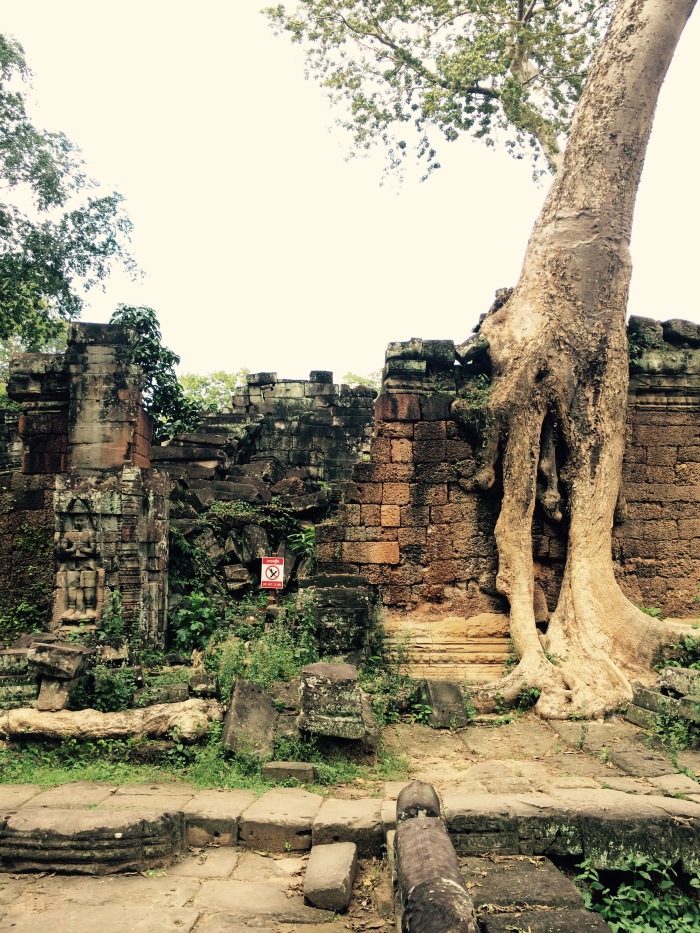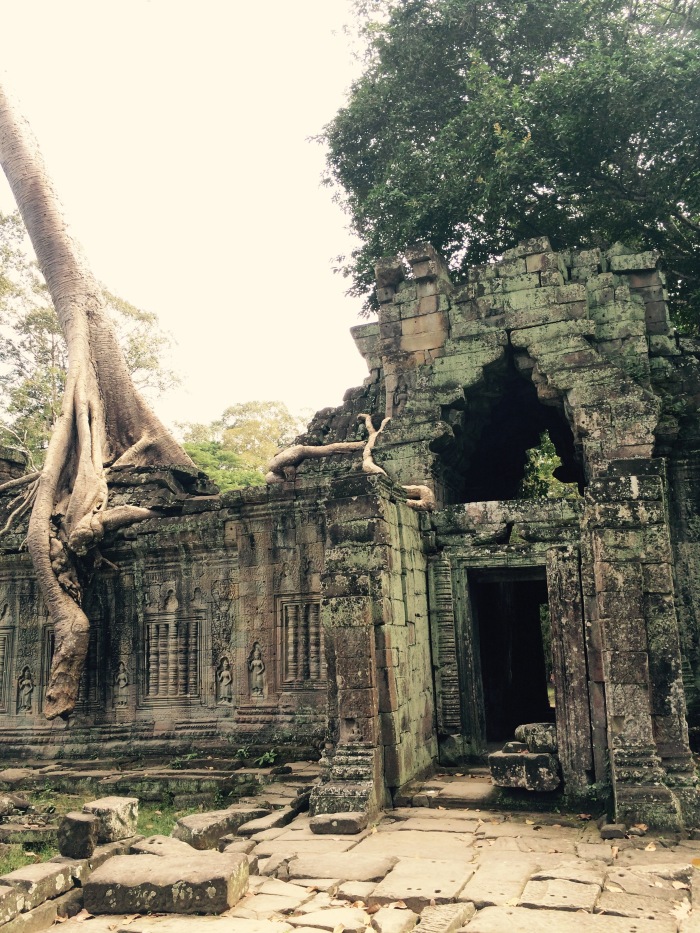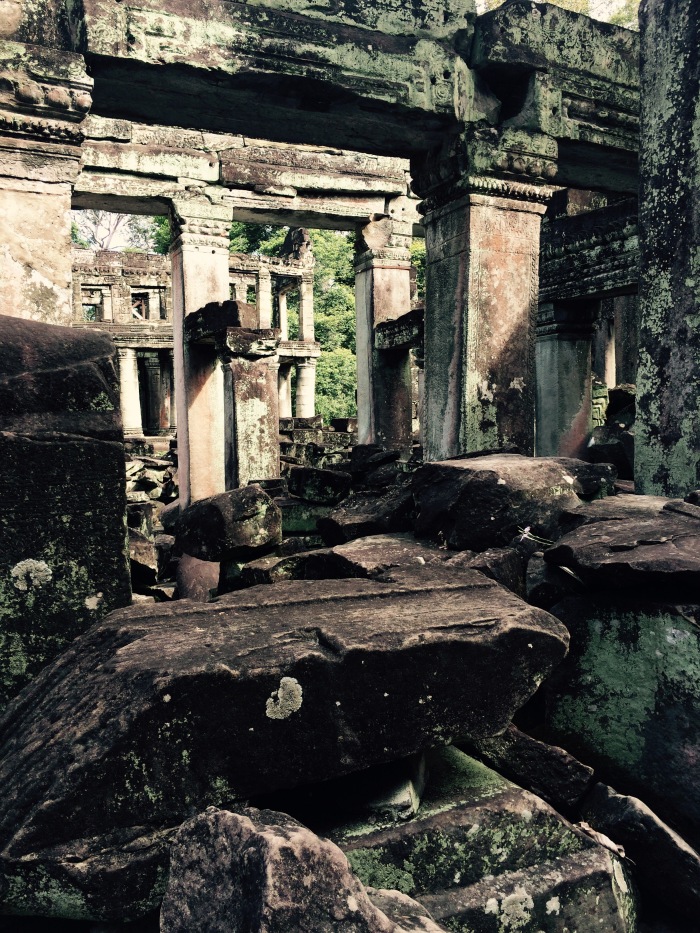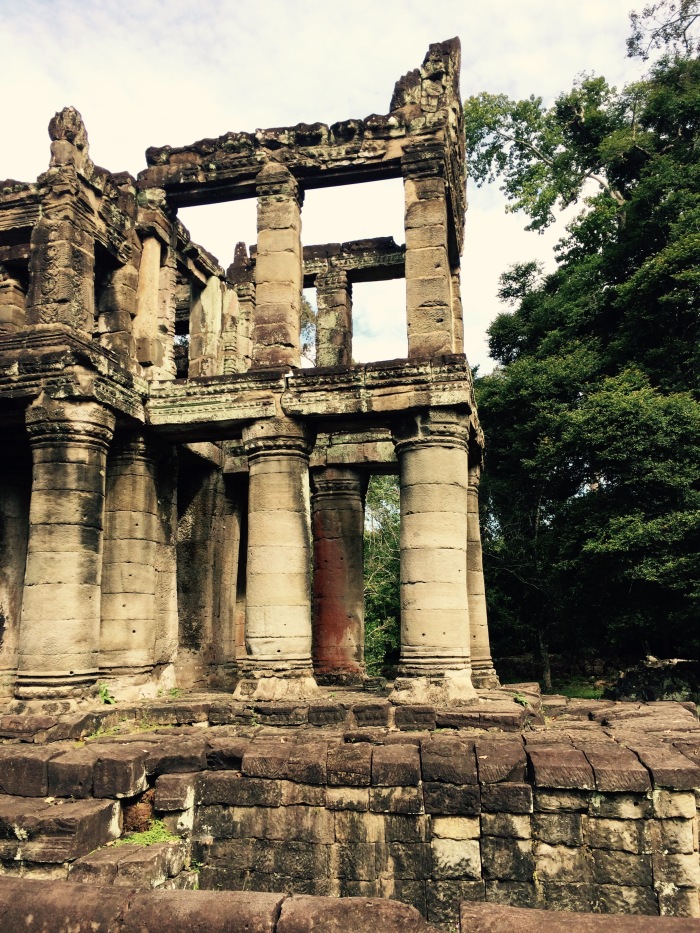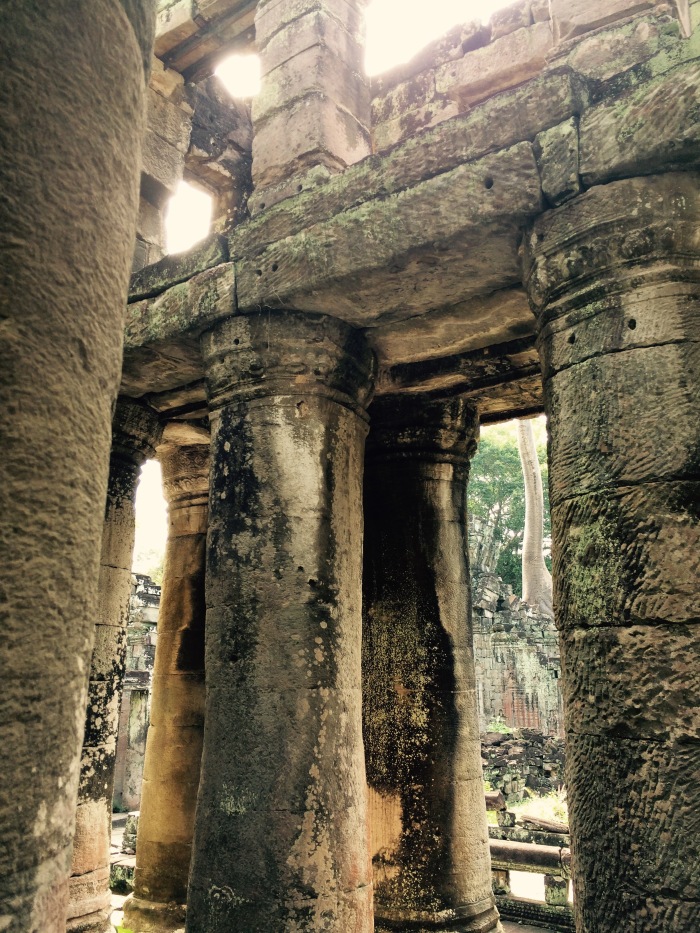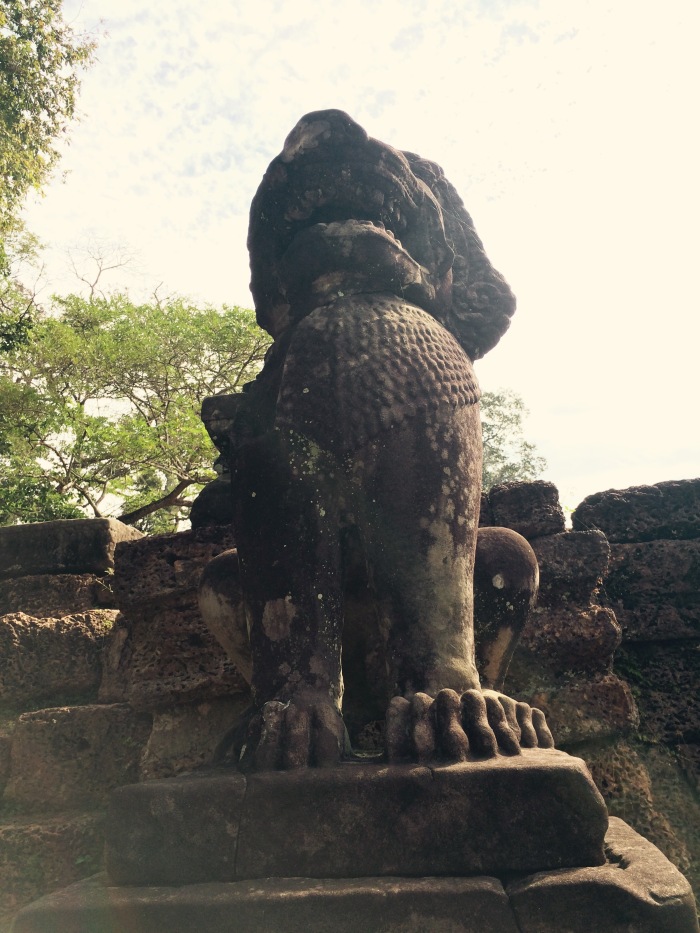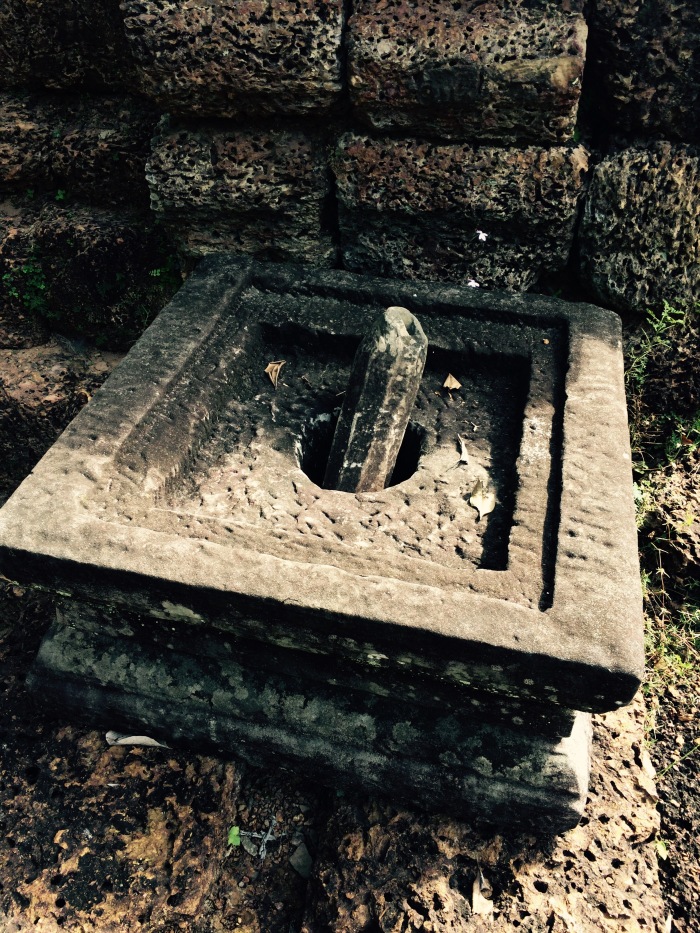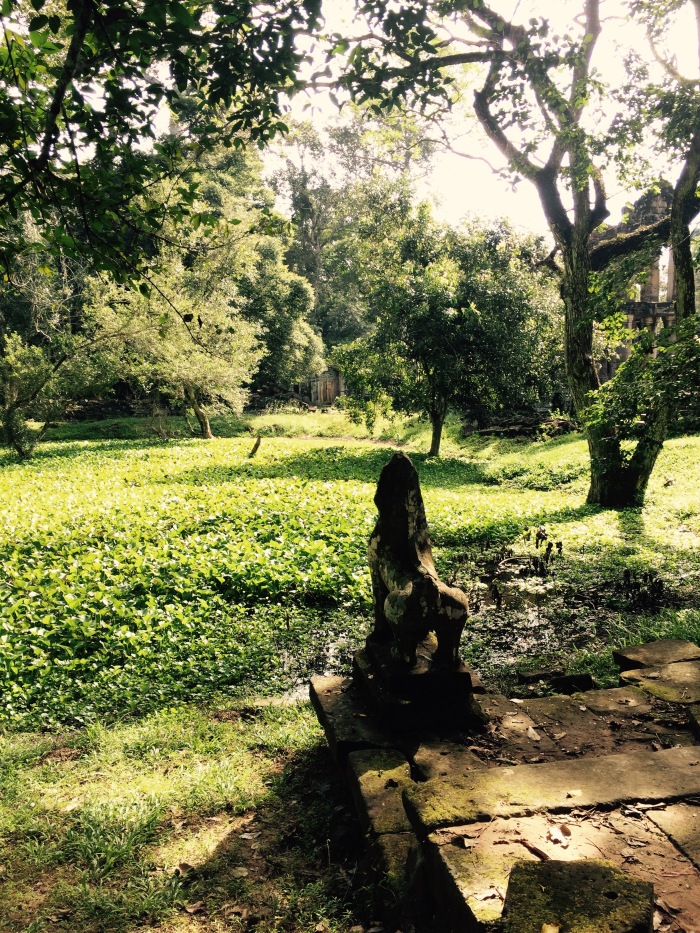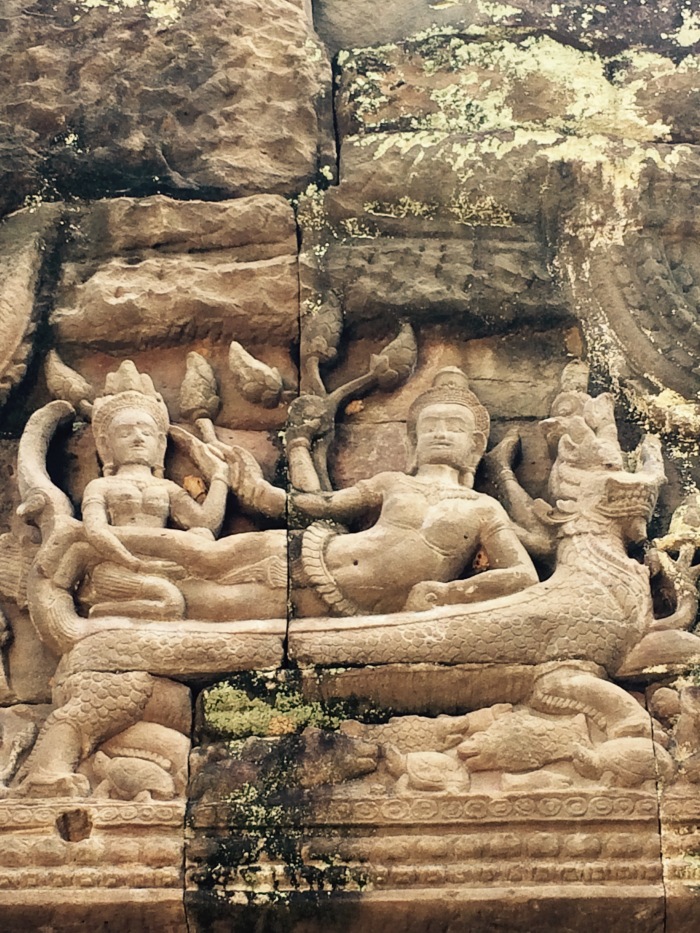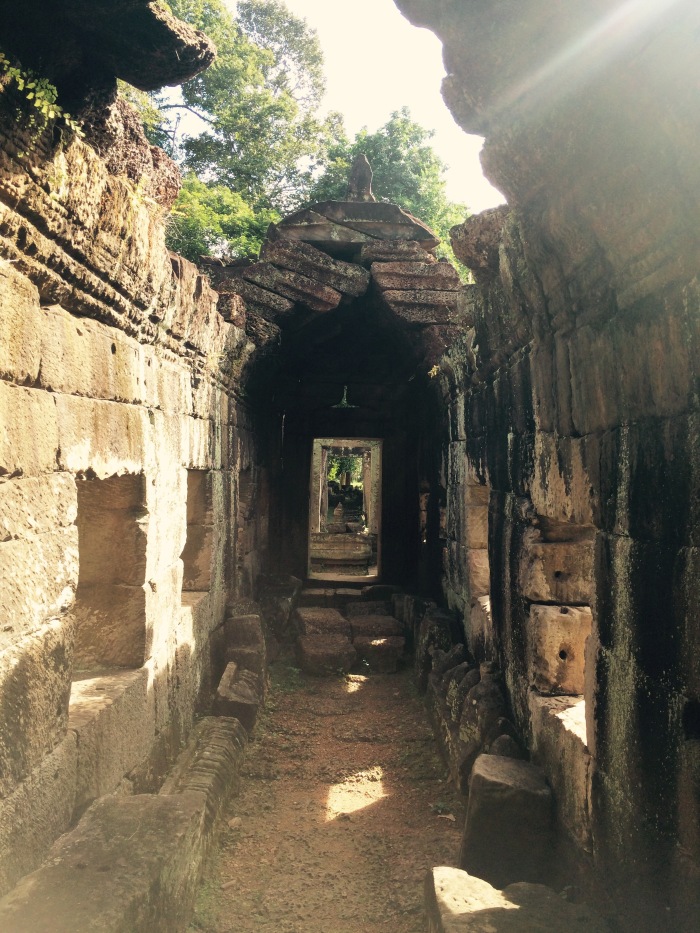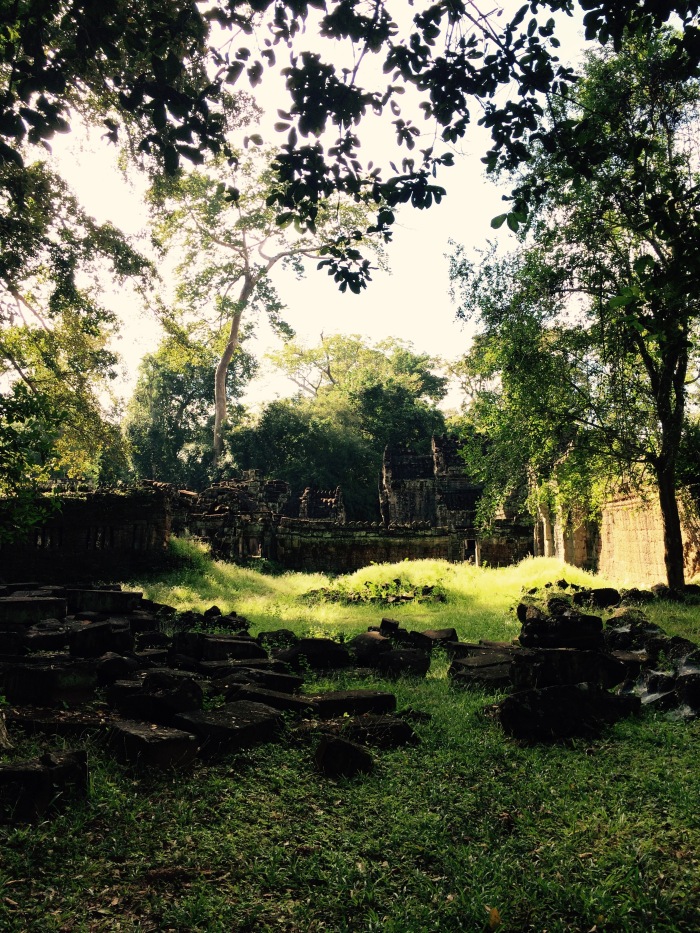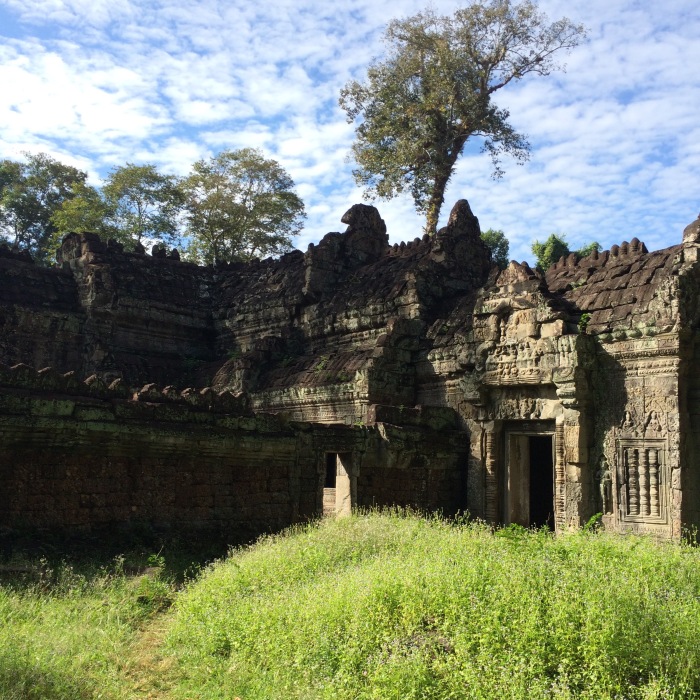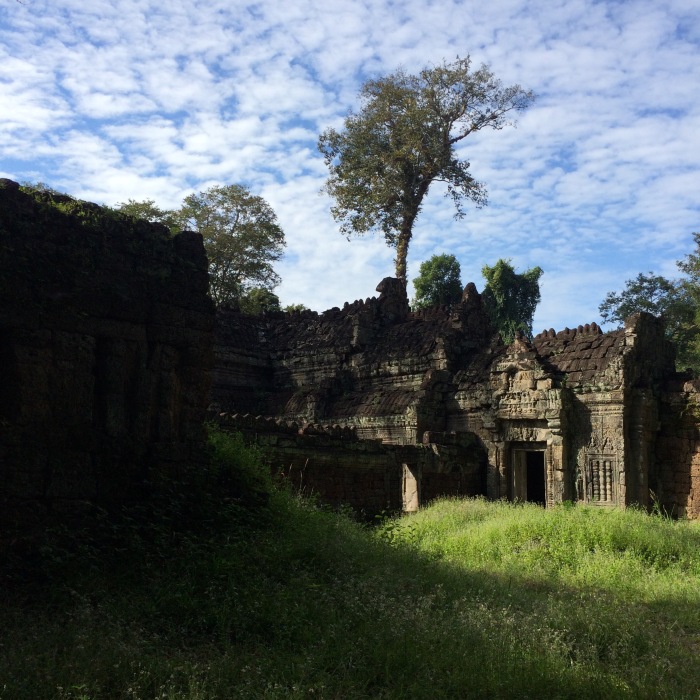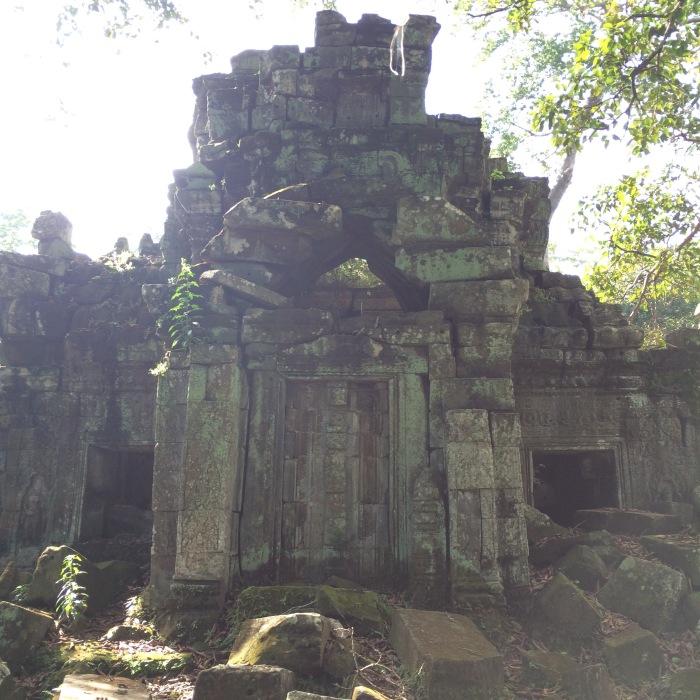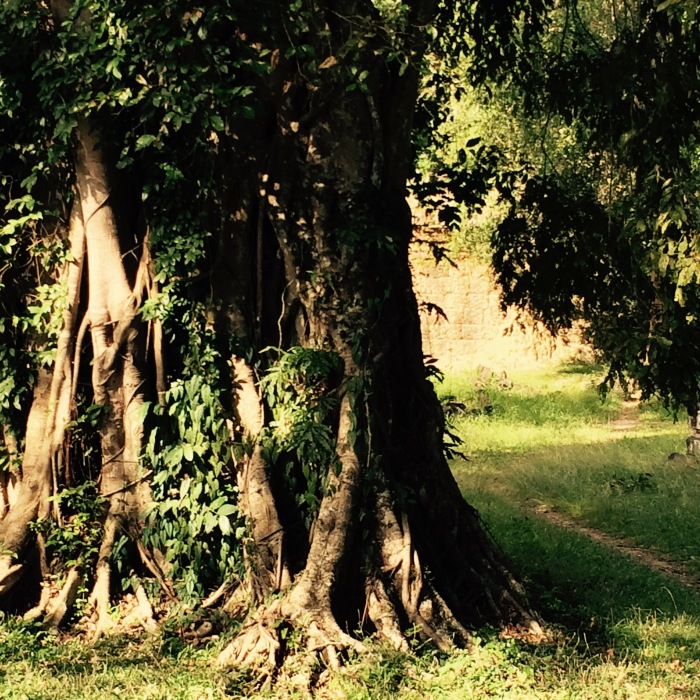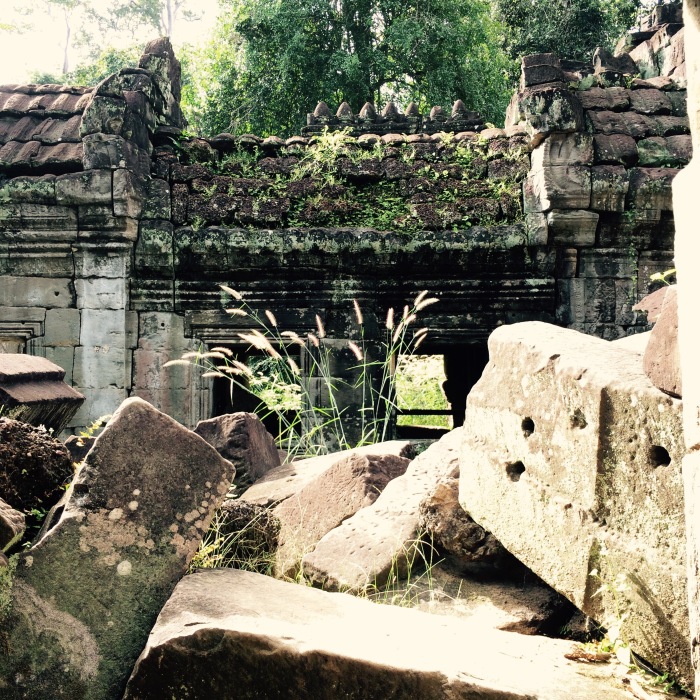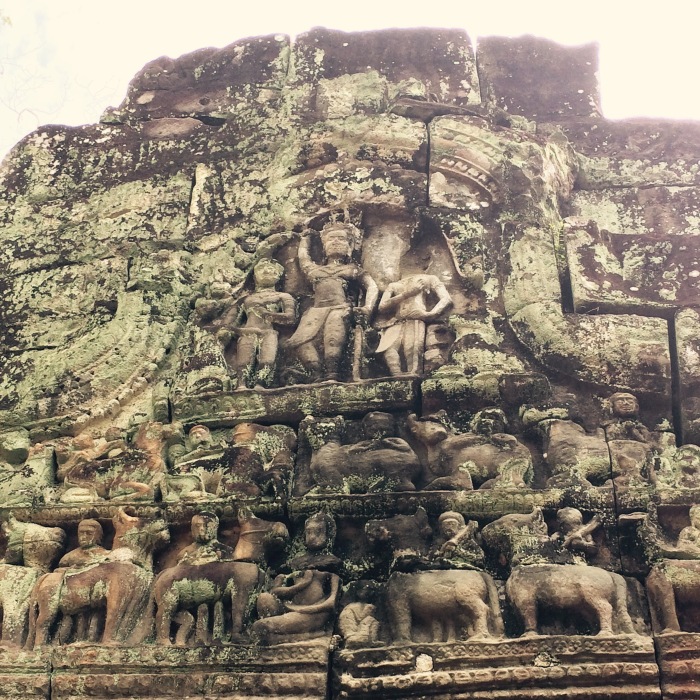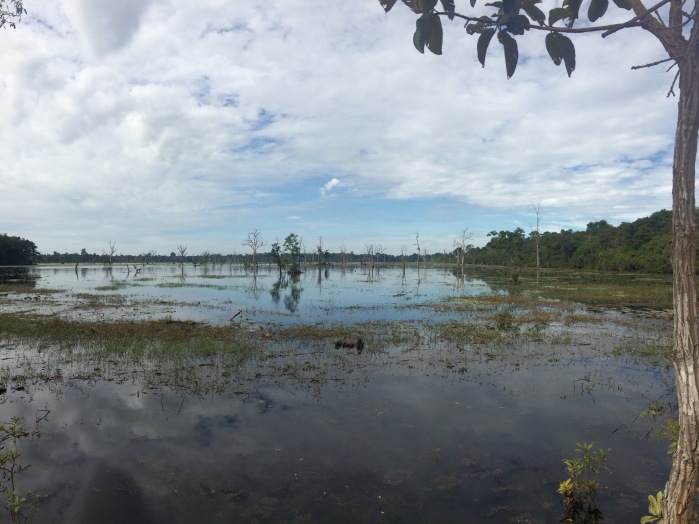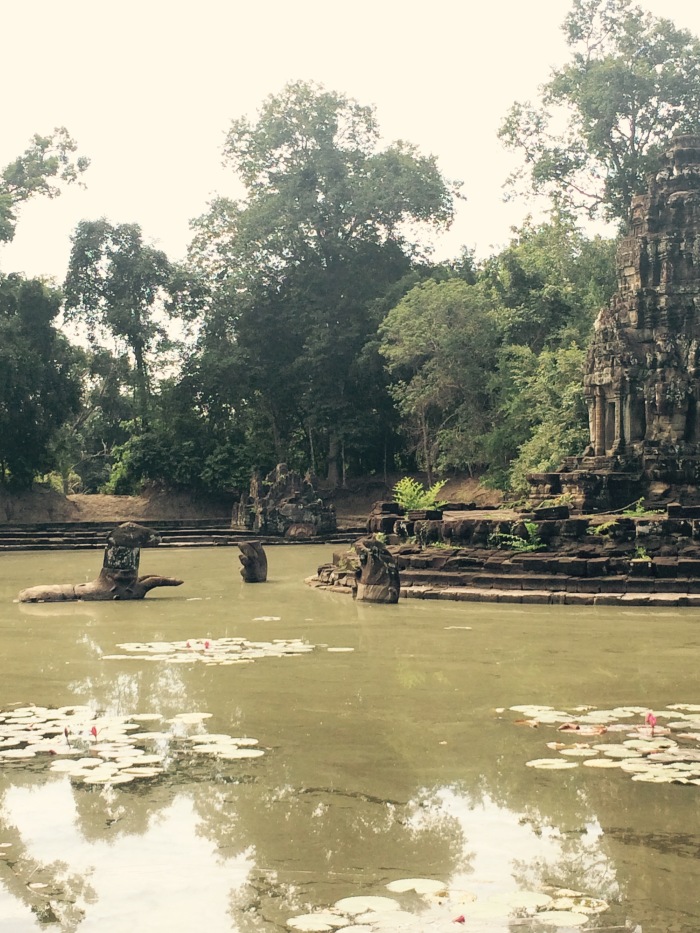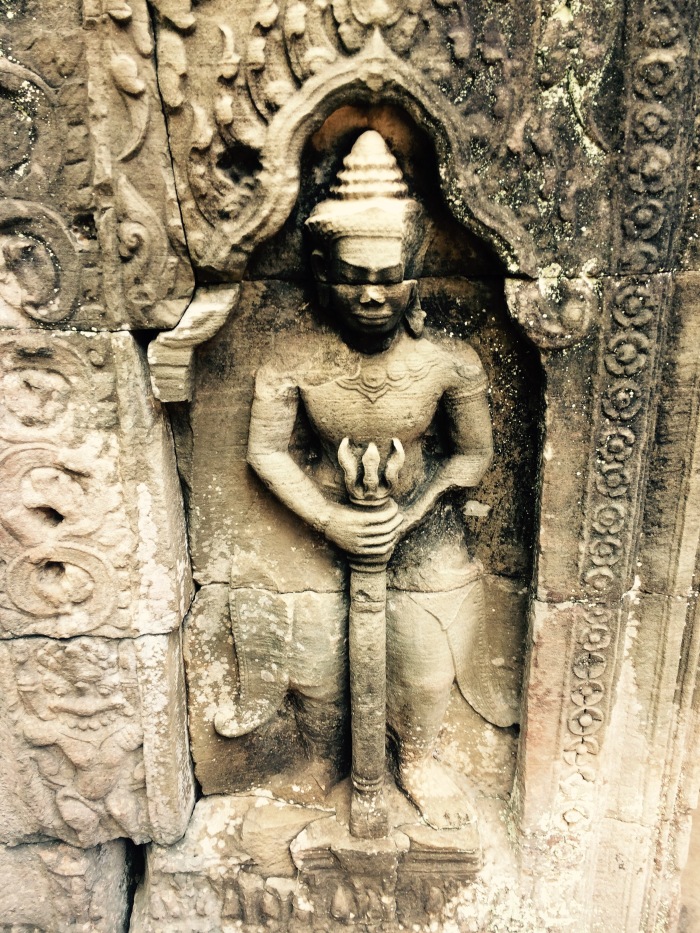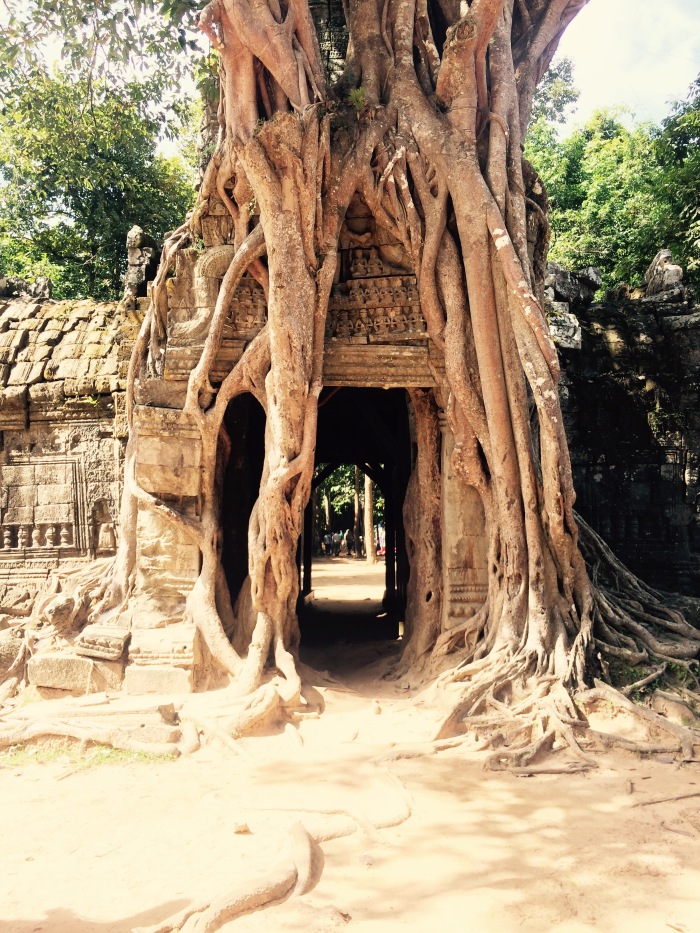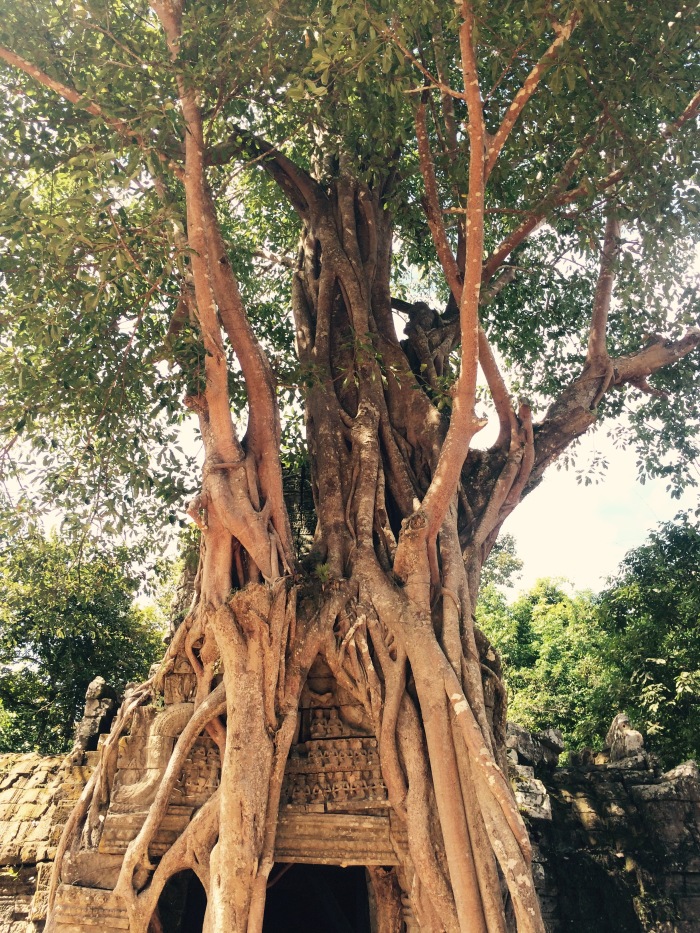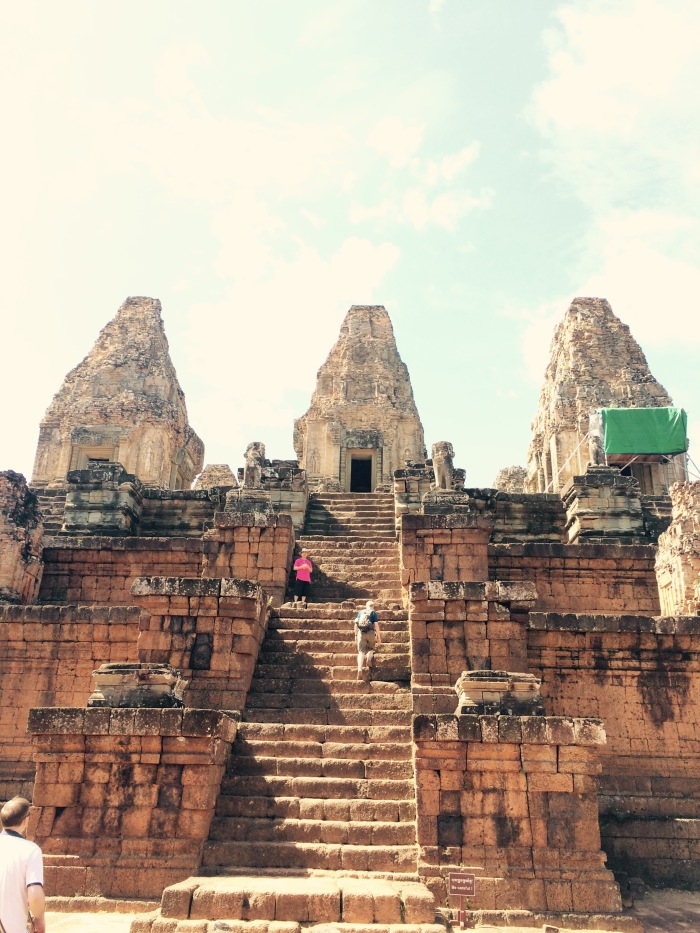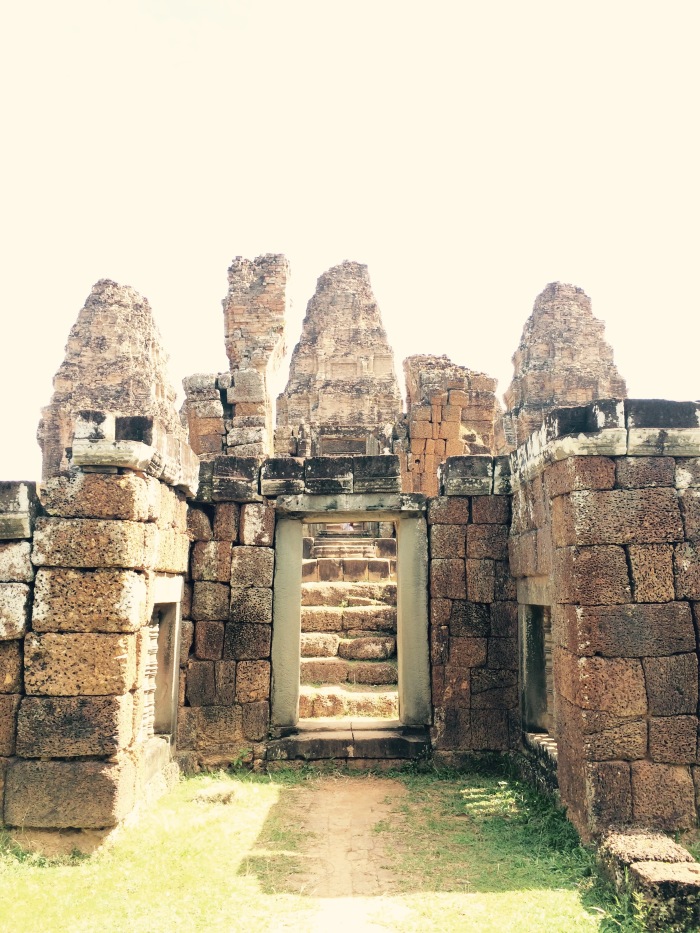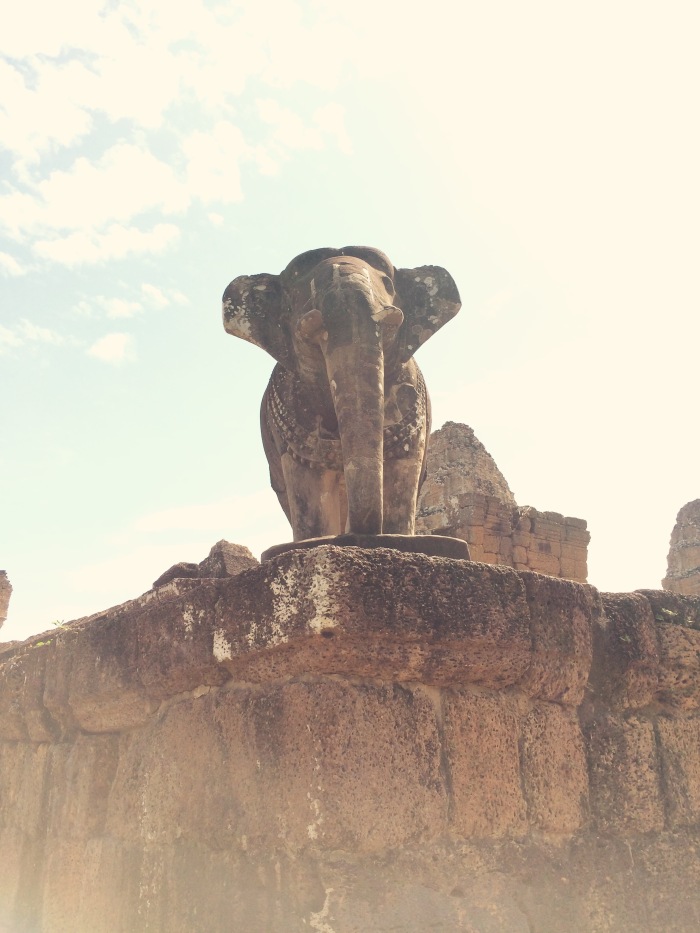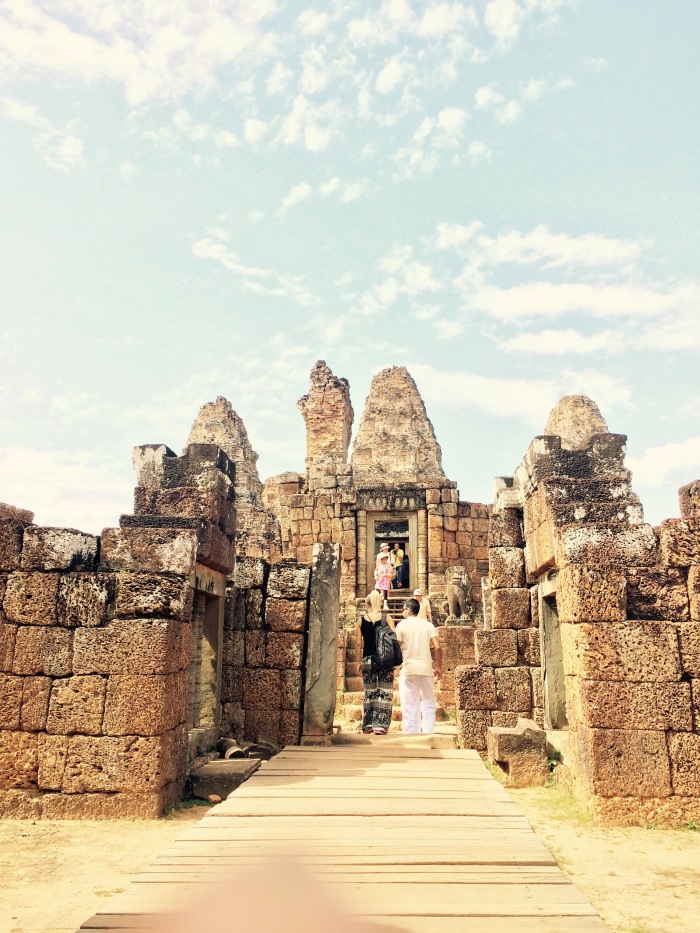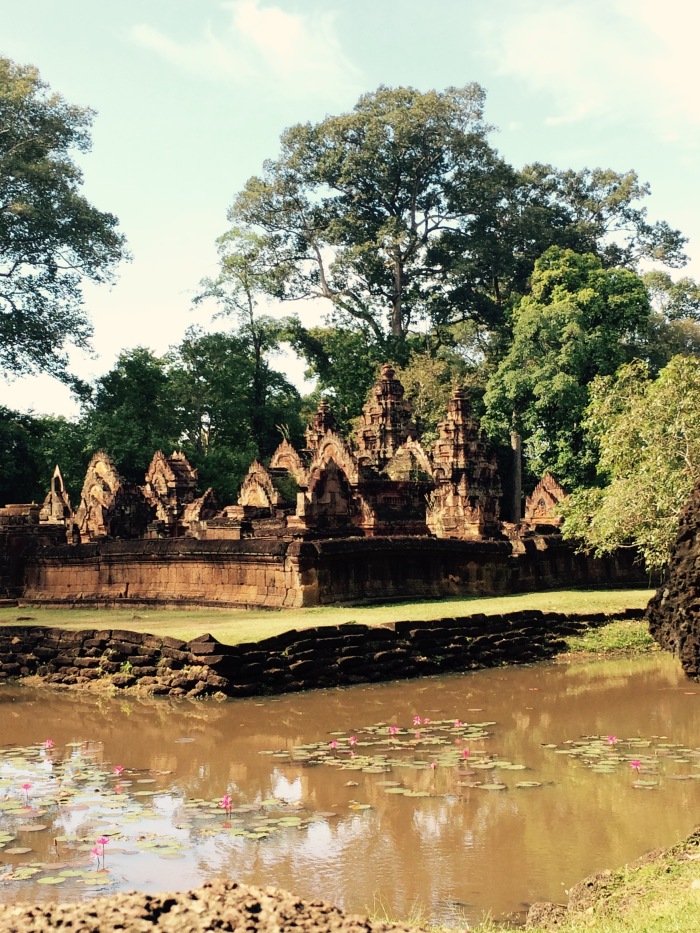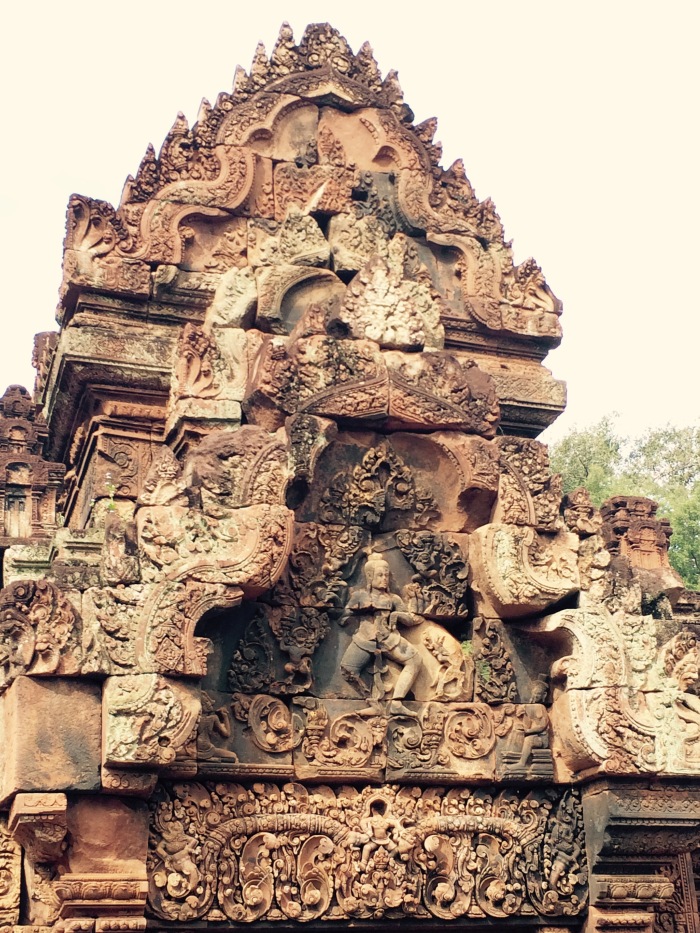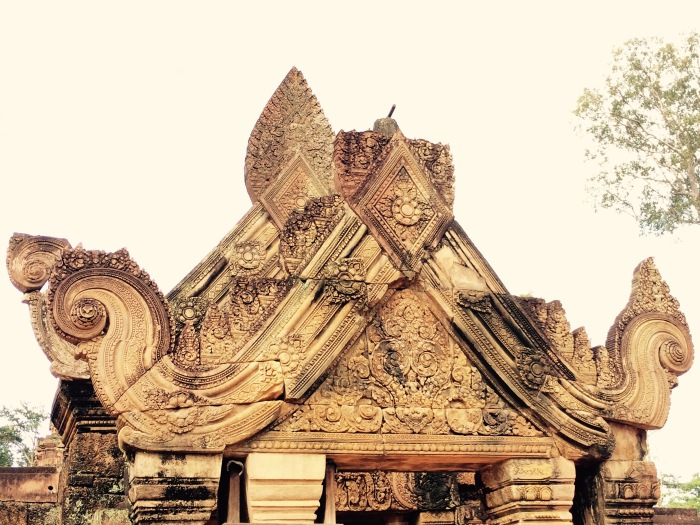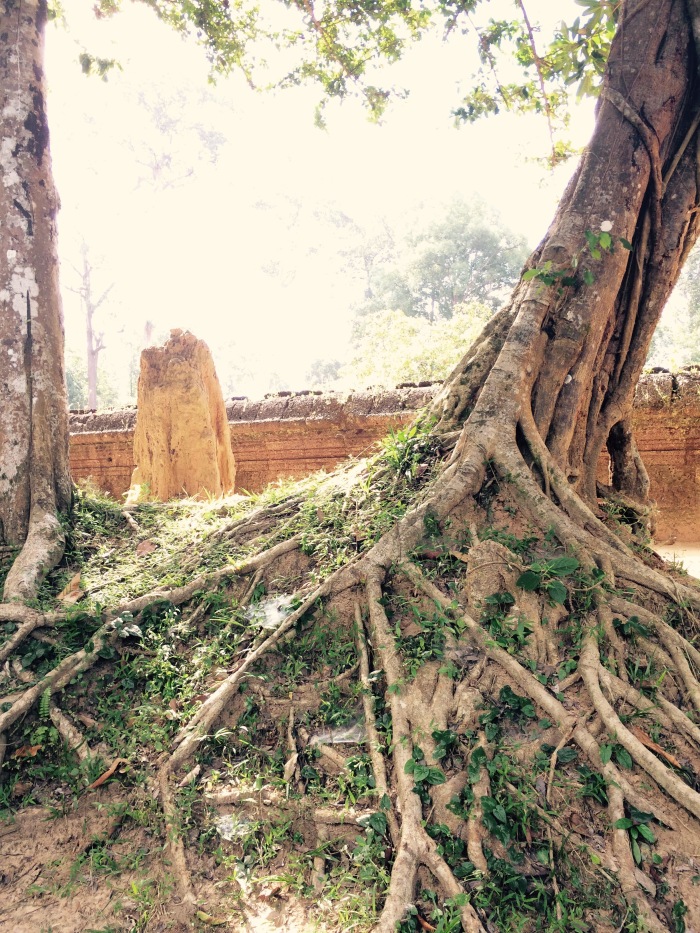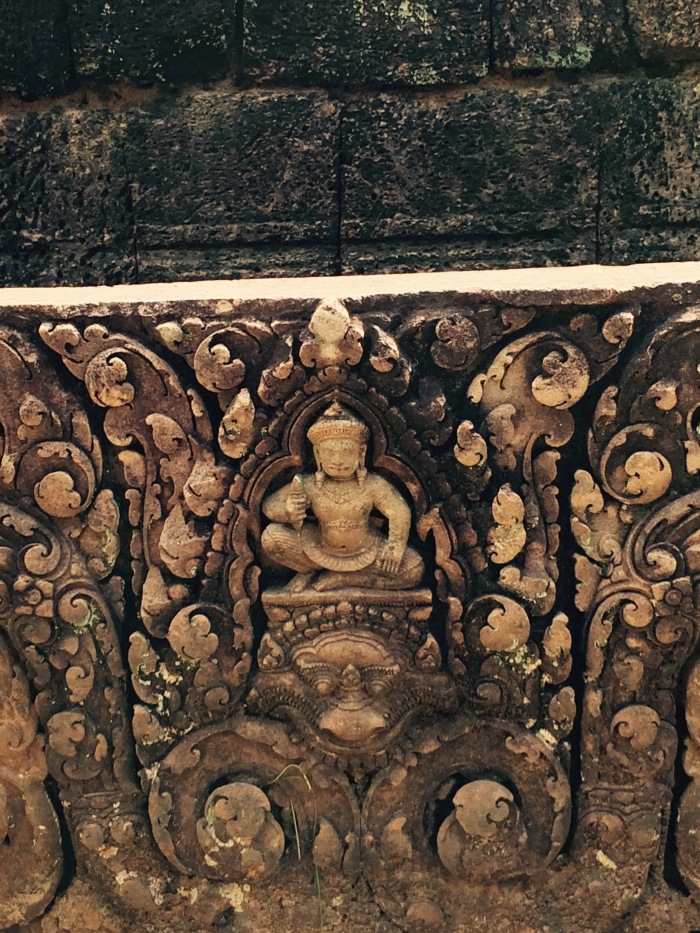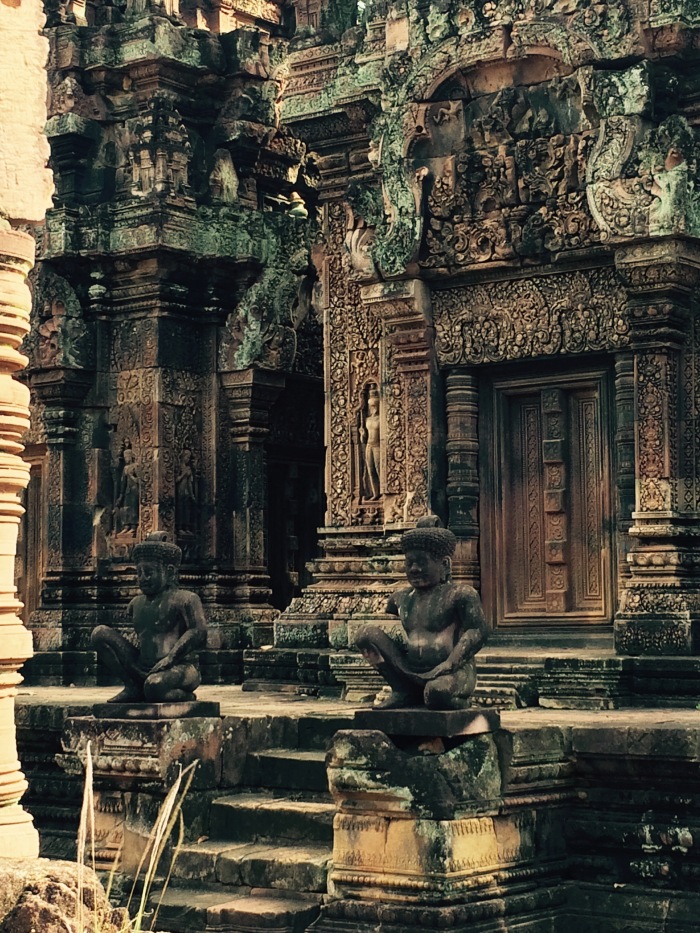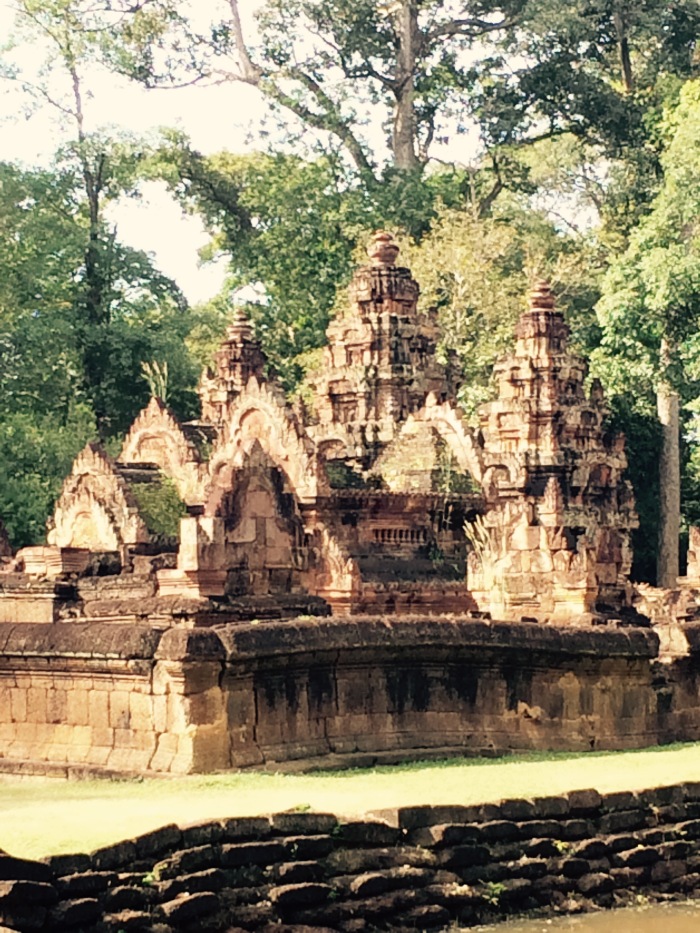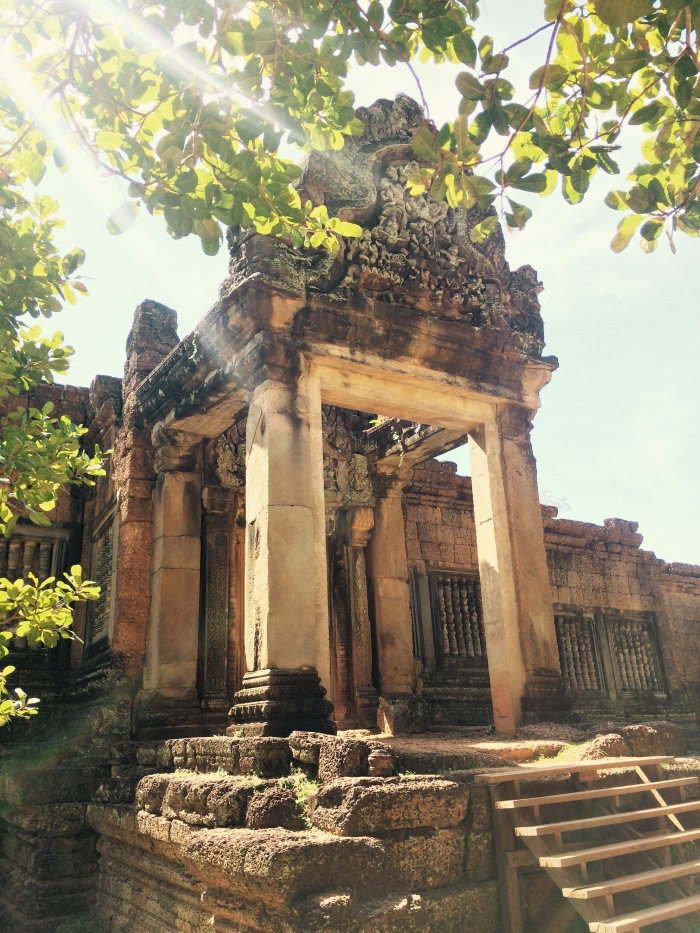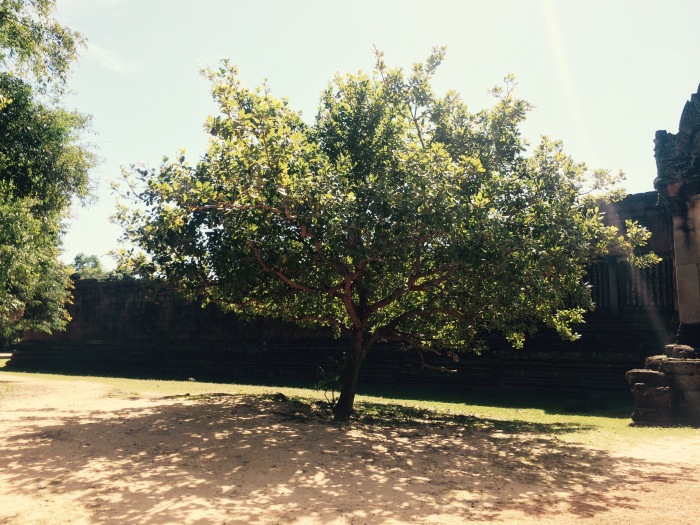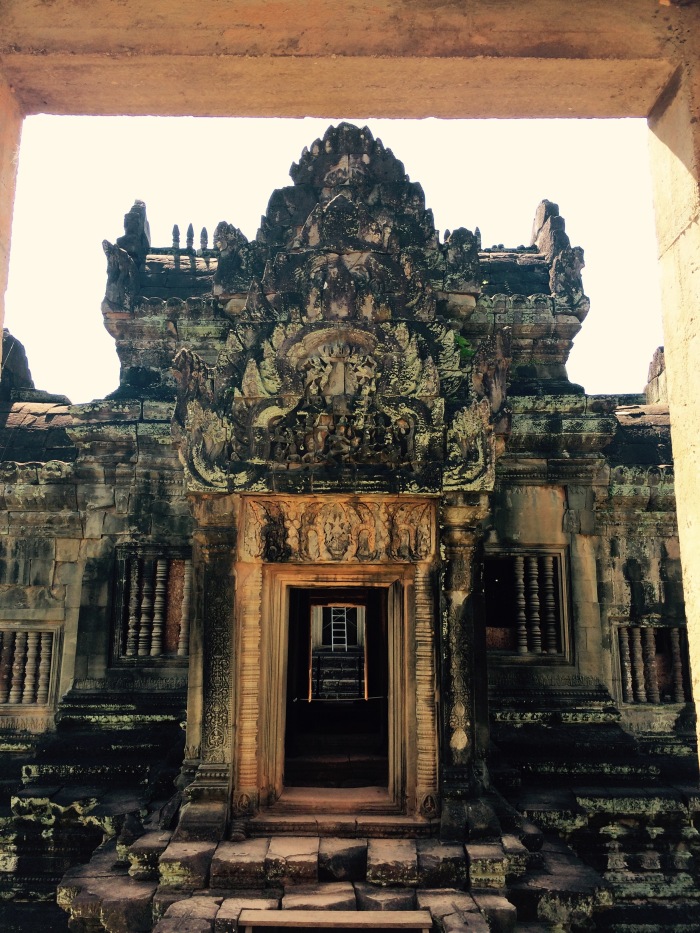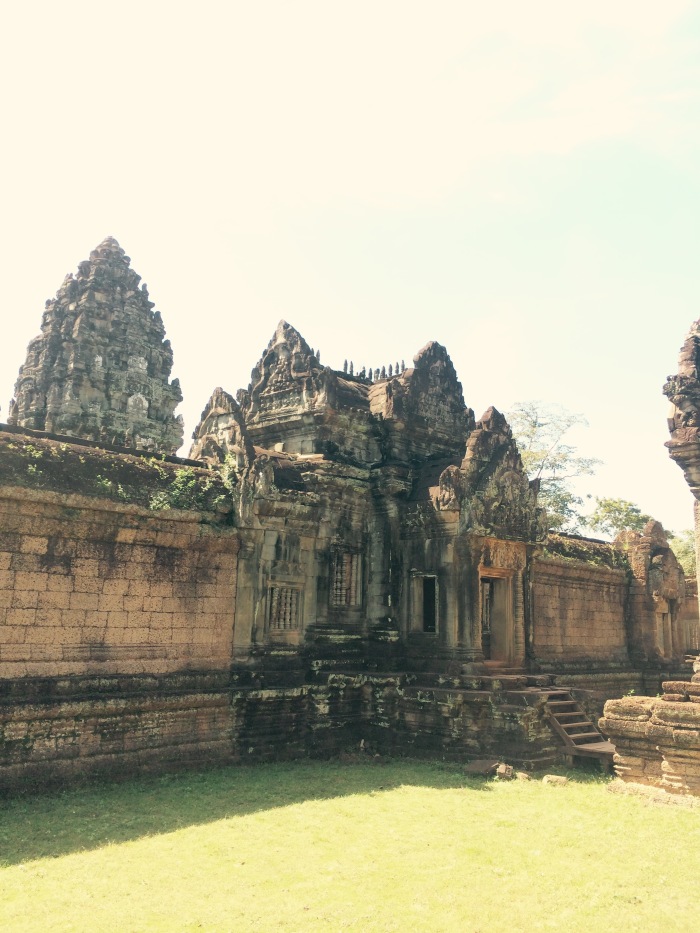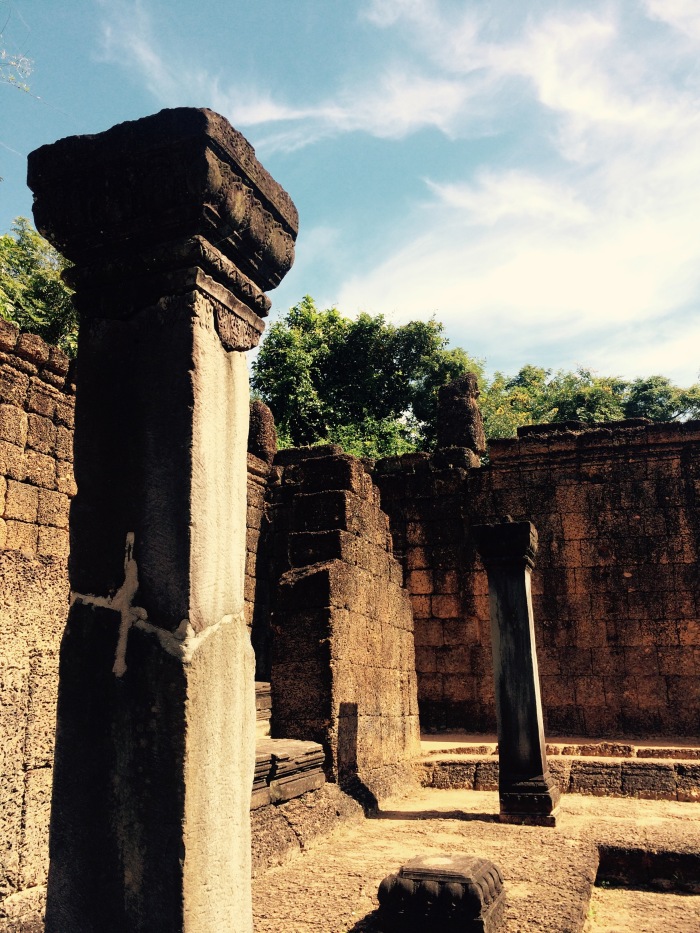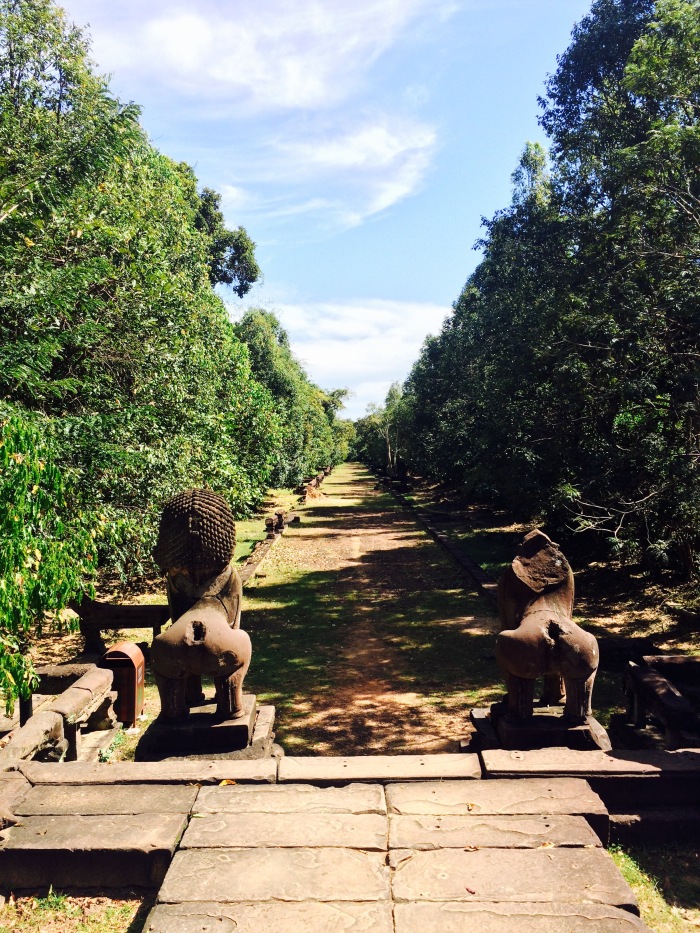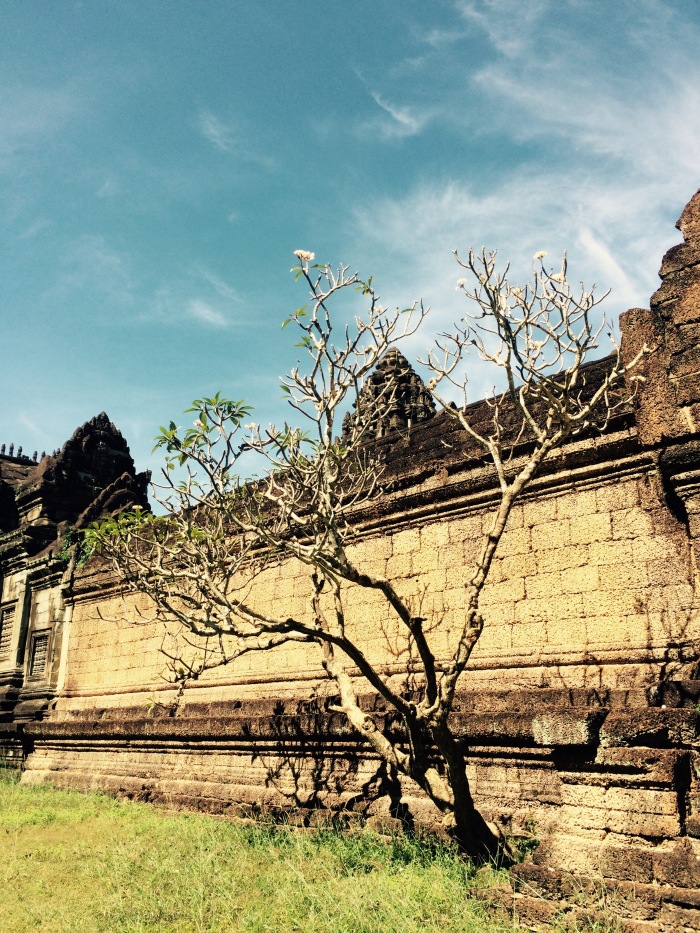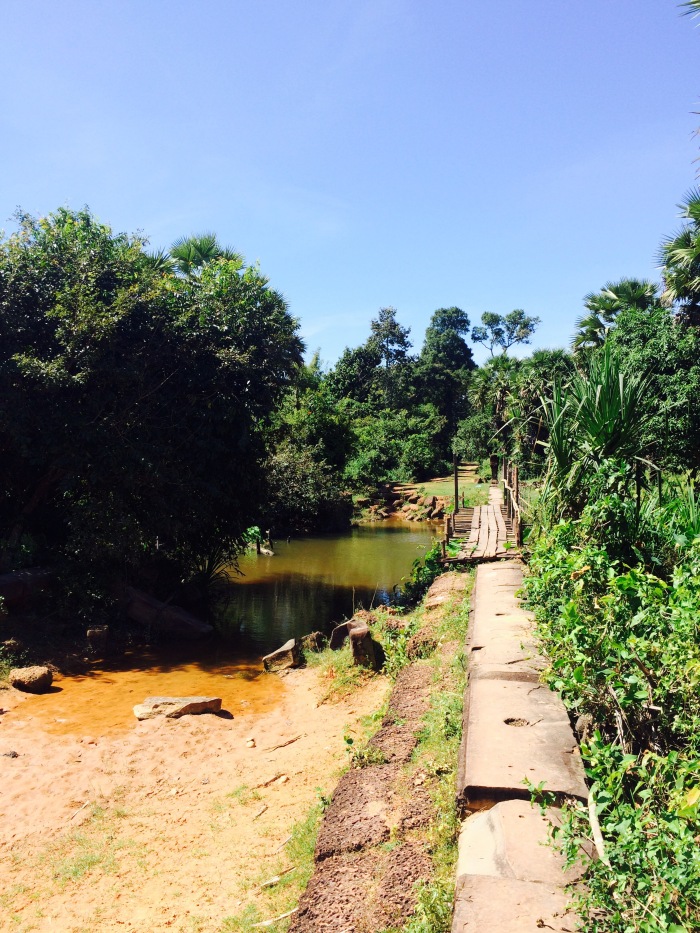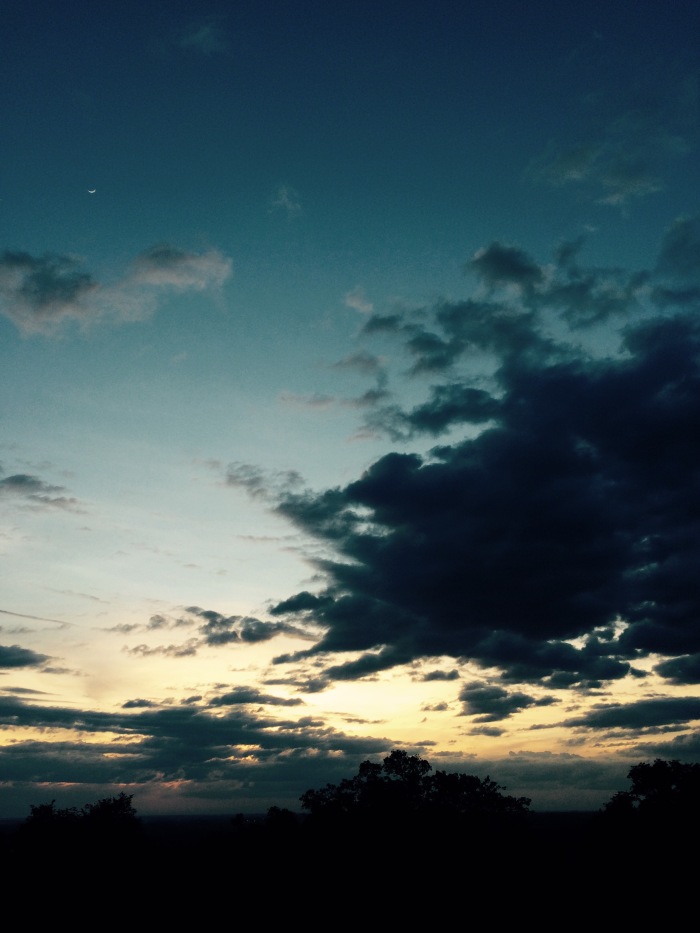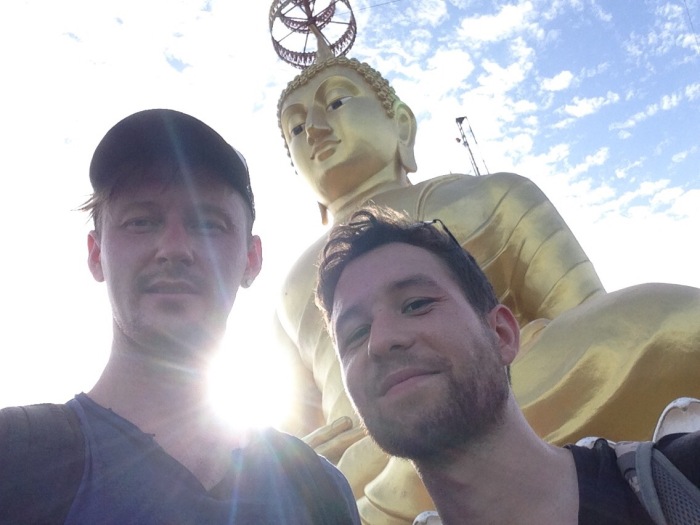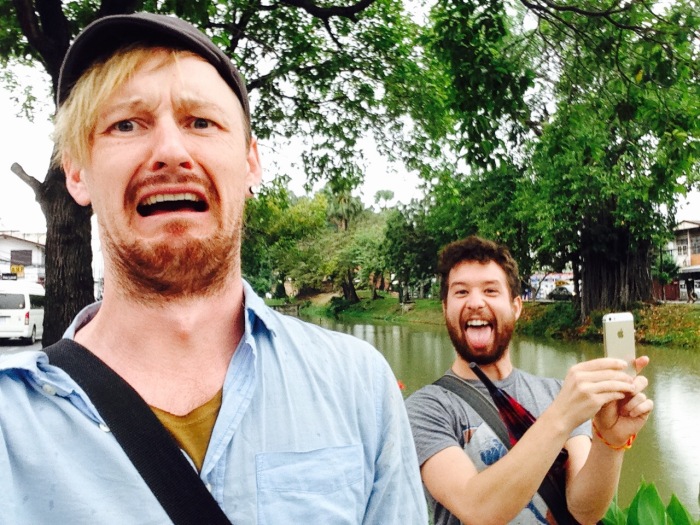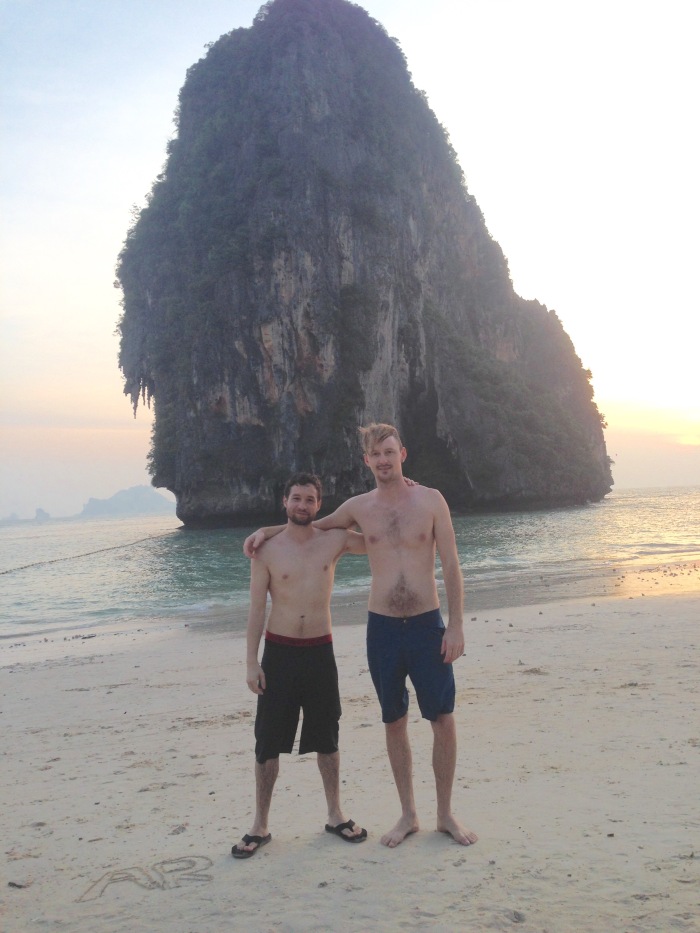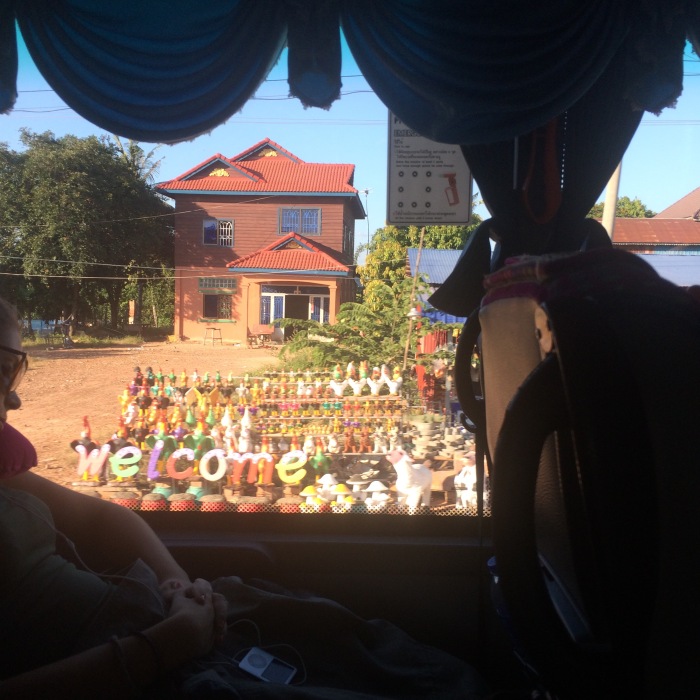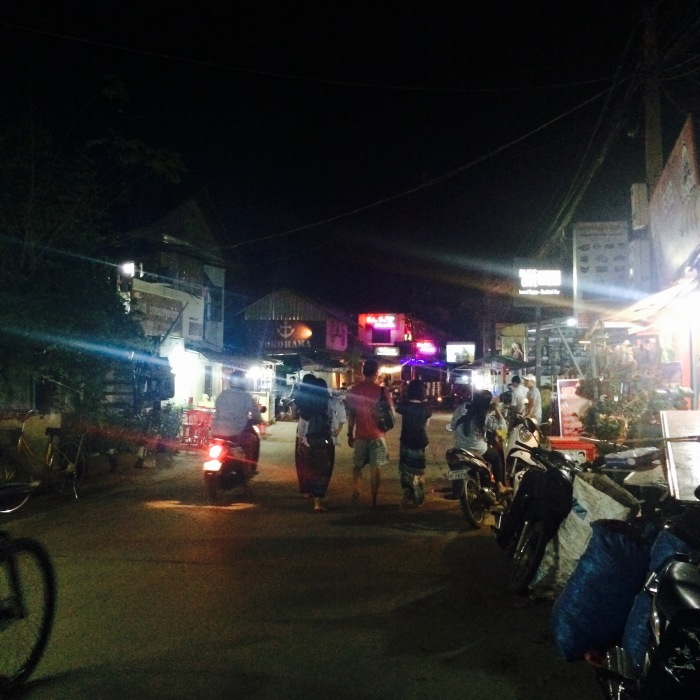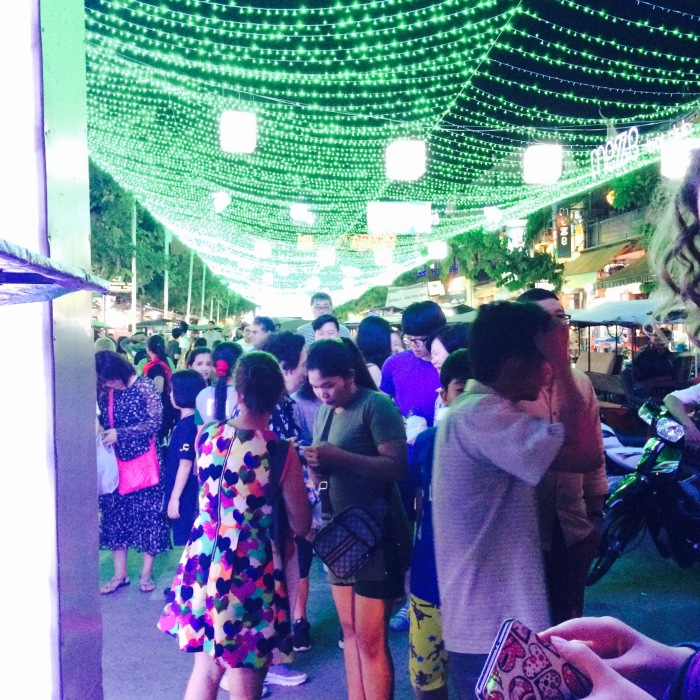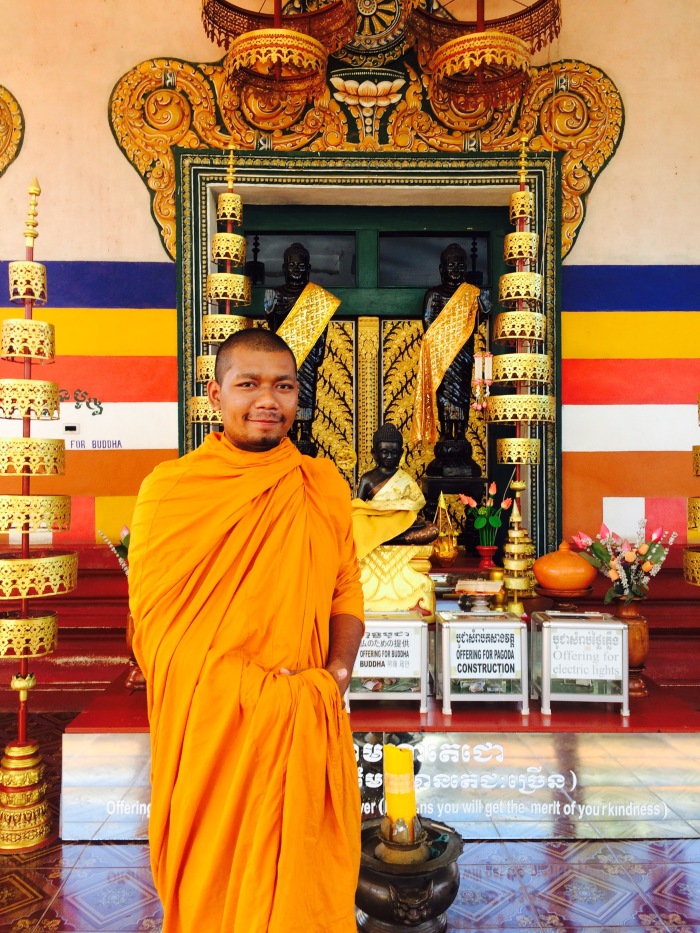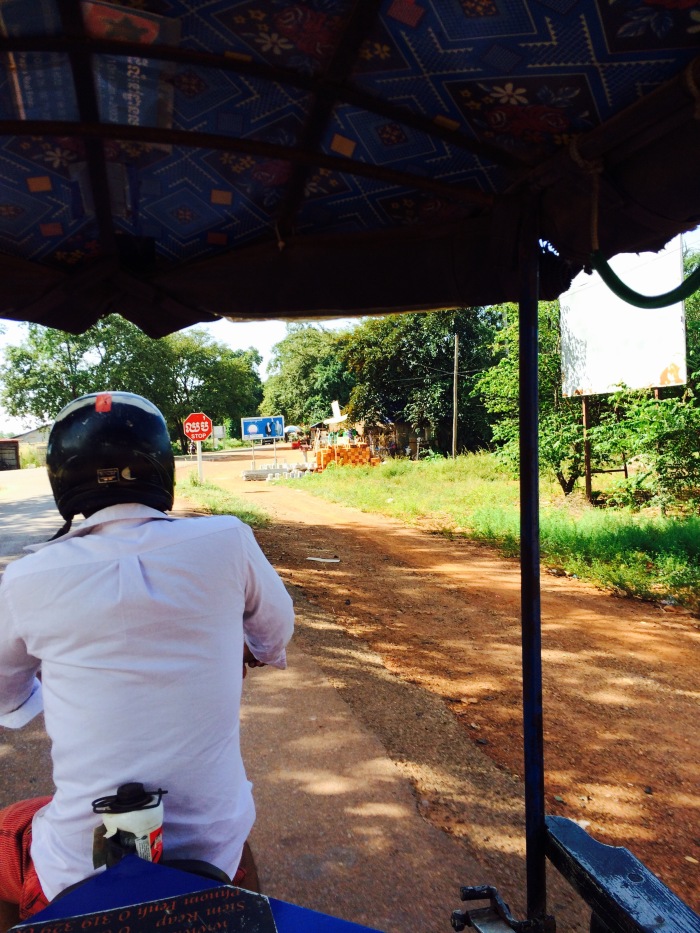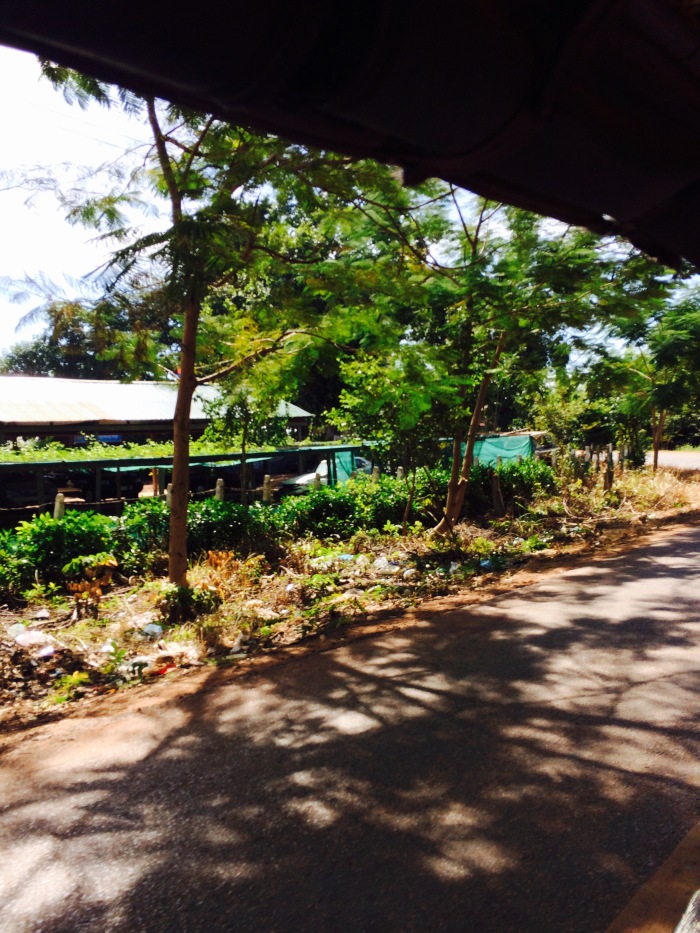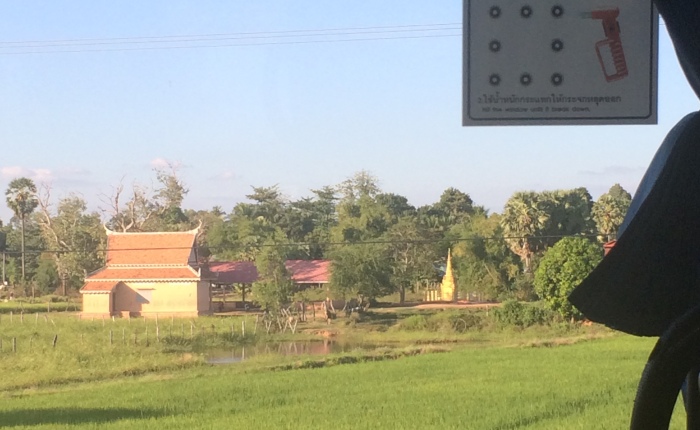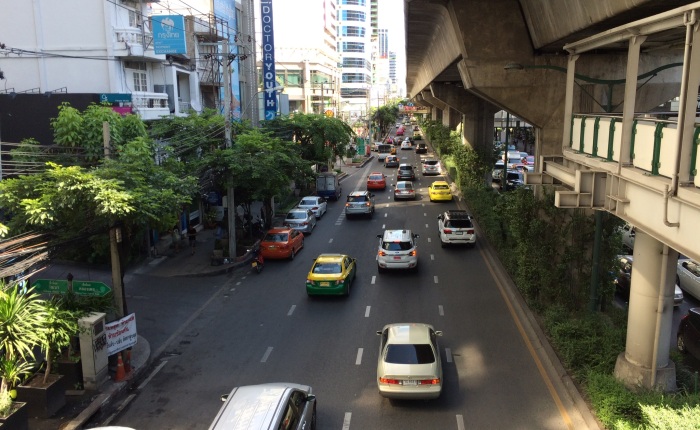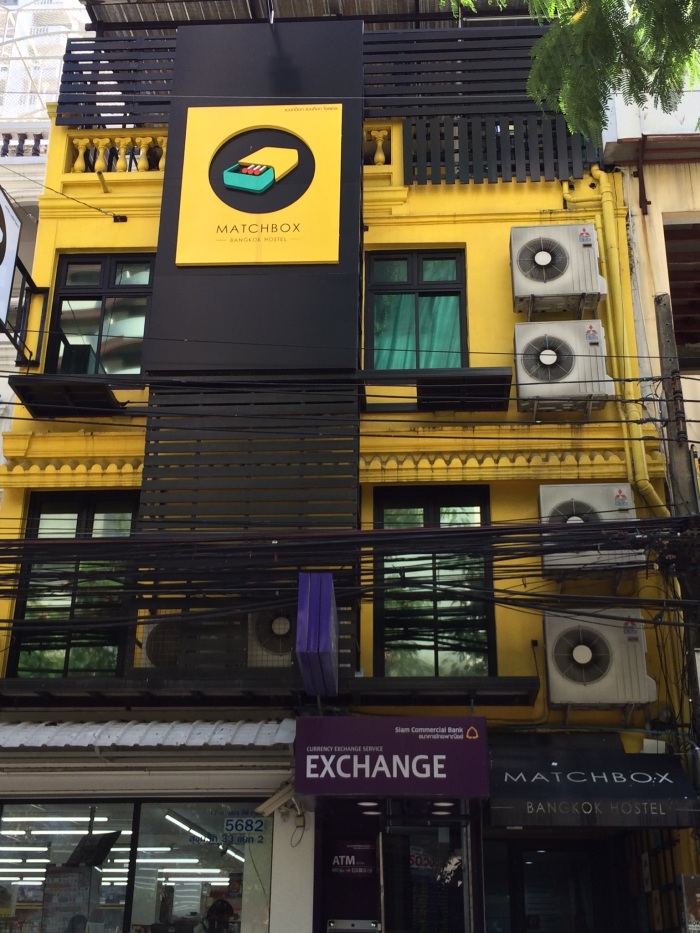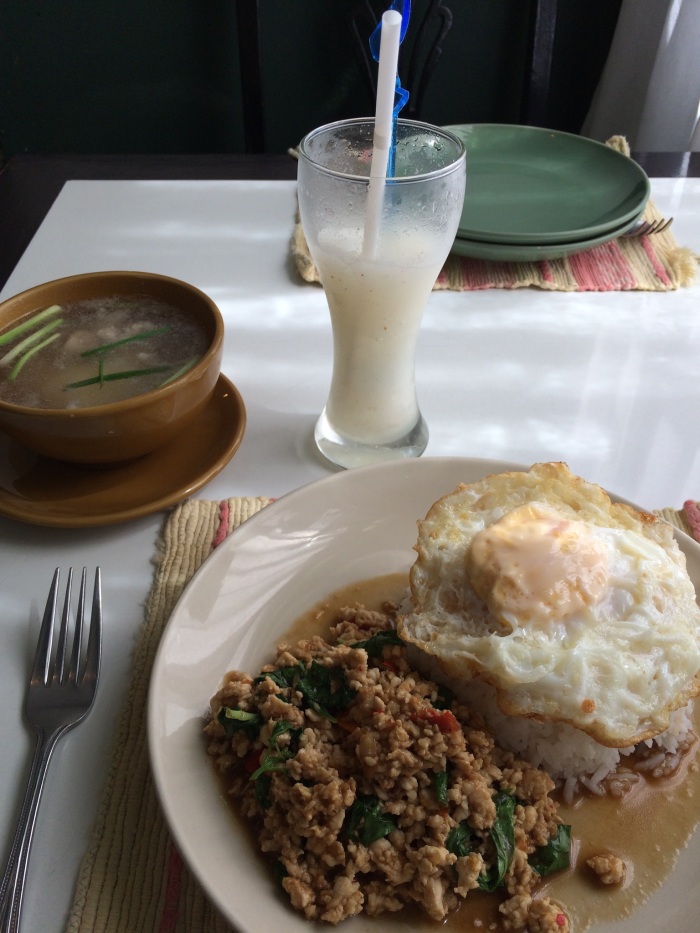After finishing my visit to Siem Reap and Angkor Wat, I made my way back to Bangkok to meet with Linden. In the few more days that he and I spent there, I determined that the city very much gives the feeling of being on the set of a Terry Gilliam film.
Here’s a game: Bangkok or Zero Theorem?
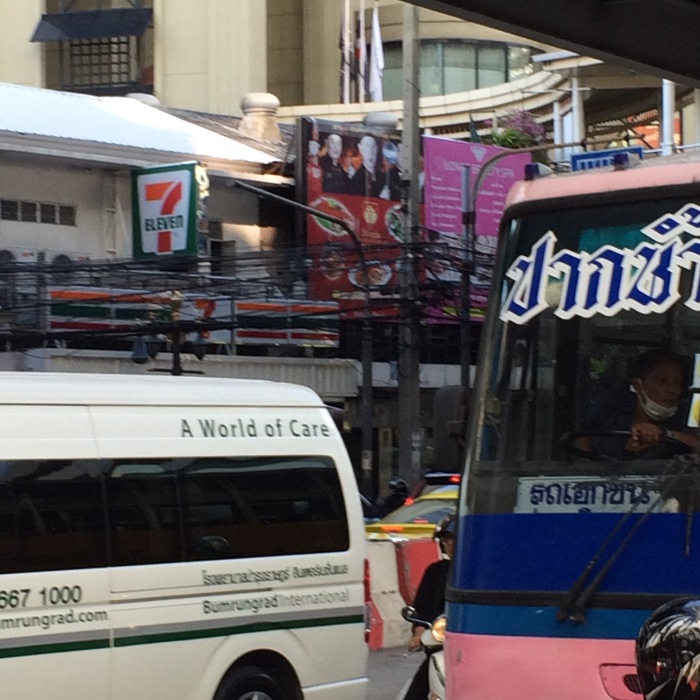
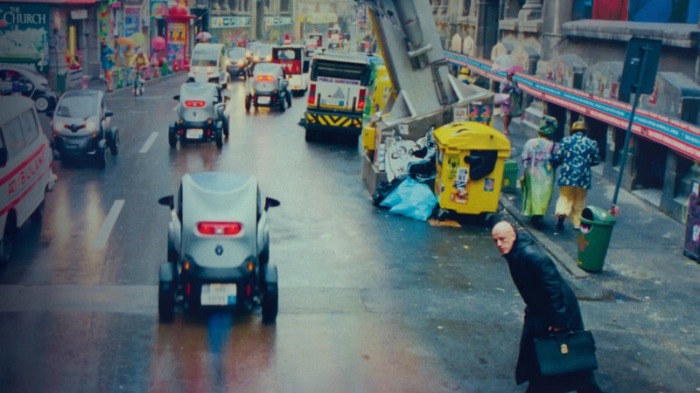


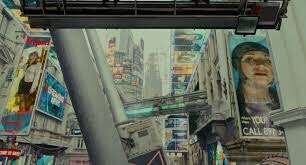
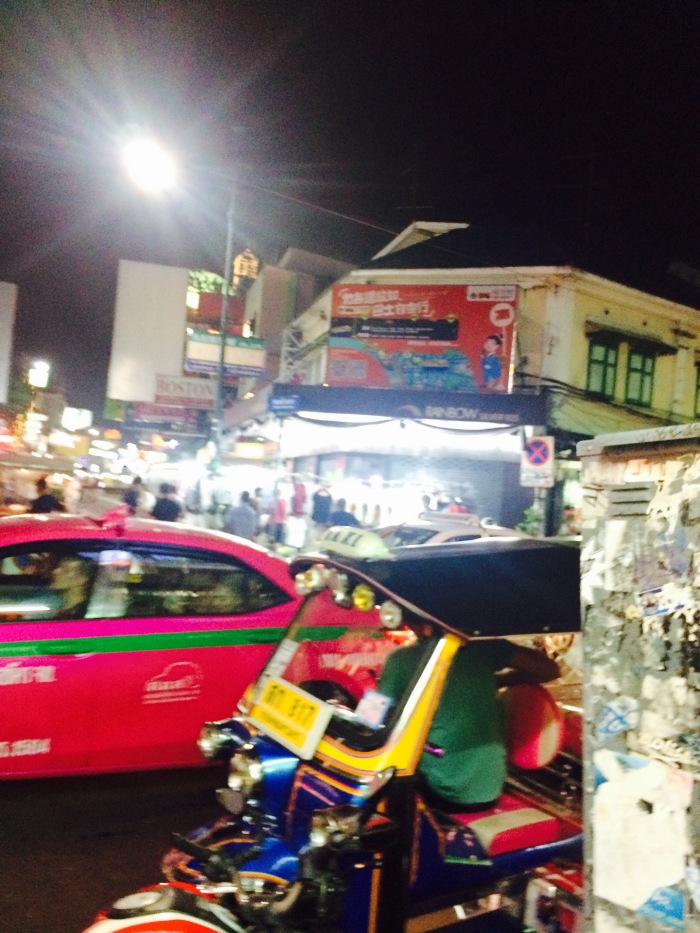


Once we had satisfied ourselves with Bangkok, Linden and I took an overnight bus bound for Krabi to begin our explorations of a small portion of Southern Thailand.
Waking up on the bus in the morning an hour or so away from Krabi Town, I was immediately struck by the curious beauty of the surrounding geography. The landscape is sprinkled with mountain formations unlike any I have seen elsewhere. Flat-faced cliffs of limestone jut straight out of the ground, often like tall and skinny mesas with flat tops covered in vegetation. I was very curious about the geological explanation for how these bizarre but incredibly beautiful mountains have taken shape.
Apparently the limestone in the region was originally a sedimental layer formed over time beneath the ocean from coral reefs and the remains of various shell-bearing creatures. After shifting tectonic plates and volcanic activity drove initial mountains upward, the patient work of erosion from the mildly acidic rain along crevices in the calcite limestone caused the formations to break apart and slowly divide, resulting in the large number of scattered mountains with very flat-faced cliff sides.
Krabi Town
This small town, which shares the name of the wider province in which it is located, serves as a hub for travelers visiting the south. Many backpackers quickly pass through on their way to other places, but Krabi Town has a few things to offer that I would deem worth checking out. There are nice cafes all about. All throughout Thailand I’ve found trendy cafes with a similar aesthetic to the small, hip places one wound find in the Bay Area.
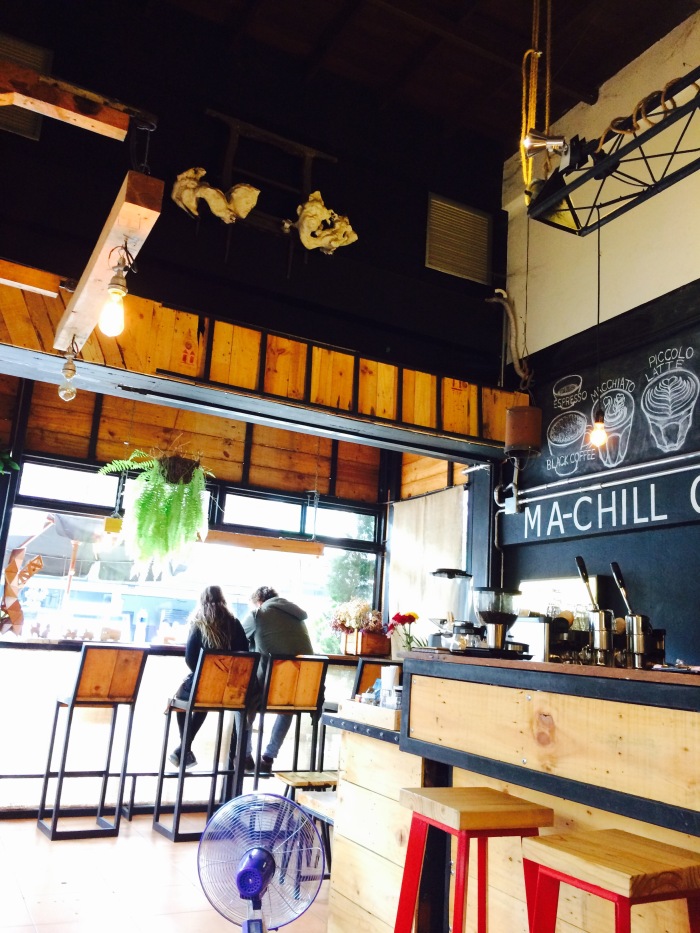
Krabi Town has an excellent night market with tons of amazing, cheap food—absolutely worth going to (at least once).
One evening, while walking along the riverside on our way back from getting lunch, Linden and I noticed a large orb of glistening gold atop a distant mountain. We were curious what it was, and if we could find a way to get there.
Some quick research revealed the mysterious mountaintop shimmer to be the golden chedi at Wat Tham Seua—also known as Tiger Cave Temple.
The site of the Wat was chosen in the mid 70s by a monk named Ajahn Jumnien, who found the caves at the site to be an optimal environment for practicing meditation. Apparently several tigers used to take shelter in the caves—hence, the name. Jumnien holds a reputation for having cultivated deep wisdom and compassion. In the 60s, during a communist insurgency in Thailand, he provided a neutral sanctuary for fighters on both sides of the long violent conflict.
To reach Tiger Cave Temple, one must ascend a staircase of 1,237 steps reaching a height of 278 meters. These aren’t your average steps, either—the platforms are often quite narrow, and the faces rather long. It is quite a climb.
As I got higher up I had to mentally fend off paranoid fantasies of giant earthquakes. Periodically I would turn around, each time finding that the horizon line had grown visibly more distant from my new vantage point.
The climb was well worth it. The summit where the wat’s large golden chedi rests offers a sprawling panoramic view of the surrounding landscape.
Tonsai/Railay/Phra Nang Beaches
Tonsai Beach was my primary destination while visiting the south, as I had received multiple independent recommendations to check it out. The beach is situated just west of the small peninsula that hosts the more popular Railay Beach (partitioned into two beaches—East and West) and Phra Nang Beach.
The natural beauty of these places is astounding. Towering limestone walls with swirls of red, orange and cream color often droop into stalactites pointing downward toward the warm azure water. I saw what was likely the most beautiful sunset of my life as I sat in the waves close to the shore, watching the darkened silhouettes of long tail boats pass in front of pink clouds and a huge orange sun. I tried my hardest to fully savor the fleeting moment as it slipped away like sand through my fingers.
This cluster of beaches is a rock climber haven for quite obvious reasons (big flat limestone cliffs everywhere all over the place).
Tonsai Beach, where Linden and I stayed, seems to host a culture setting it apart from the other nearby beaches. It might be described as having a climber/hippie/reggae/psychedelic sort of thing going on. Most of the accommodations are bungalows. The first place we stayed, “Chill Out Bar and Bungalow,” had a really friendly staff and great coffee. Linden and I spent plenty of time practicing our slacklining skills there while meeting other travelers. Some of the staff would spin (and spit) fire at night, sometimes while jumping across the slackline on one foot and wearing flip flops.
Neighboring Railay beach was much more populated, with more upscale hotels for accommodation and an alley lined food stands. It wasn’t our favorite place to spend the day, but we found a great spot to spend nights there playing pool and sitting on cushions in front of the waves, watching the moon hanging in the sky opposite its shimmering reflection on the sea. The moon appears to wax and wane from bottom to top in this part of the world.
I found Phra Nang to be easily the most beautiful beach in the area. To the left of the entrance is a cave full of carved wooden phalluses of various sizes (I never found out what their significance was. Linden and I just causally referred to it as the “dick cave.”) Next to that is a larger cave system to climb through with gorgeous colors and shapes. A thin layer of ocean water sits over a land bridge leading to a small island nearby where tons of small crabs with shells of purple and green scurry about the rocks.
Ko Phi Phi
Linden and I spent a few days here, following the advice of a fellow traveler in Siem Reap who spoke highly of it, but we found it wasn’t really our kind of place. It hosts a lively nightlife, with tons of bars lining the beaches, shining blindingly bright lights and blasting booming music that prohibits engaging in conversation with the person standing right next to you. There was one spot where visitors could pay to accept the challenge of hanging on a pull-up bar—the longer you hang, the more shots and beer you are given. I was wary about the social dynamics one might find in an environment that rewards voluntary displays of “buffness” with increased belligerence, but fortunately most people around seemed to be enjoying themselves and one another peacefully.
Linden and I did take a day at Ko Phi Phi for a boat trip to some surrounding islands where we met some great people and got to do a little snorkeling. Good snorkeling spots were a little challenging to come by, but it was a pretty joyous experience being able to glide beneath the water’s surface above corals hosting schools of colorful fish.
One of the most interesting experiences of the island tour was stopping at Maya Beach. Linden and I were unaware prior to arriving that this is the highly famous site where the movie The Beach, starring Leo DiCaprio, was filmed.
Emerging onto Maya Beach is like stepping into a Where’s Waldo? spread full of people with outstretched arms, many of them with the extra added length of sticks, all of them holding devices at the end in a sort of festival of self-directed photography. Hence, Linden and I dubbed Maya Beach “Selfie Cove.” Hoards of people. Thousands of selfies. That’s Selfie Cove.
Linden and I decided to enter as full participants in engaging this cultural phenomenon.
Selfie Cove, as it turns out, is an ideal place to take your selfie skills to the next level.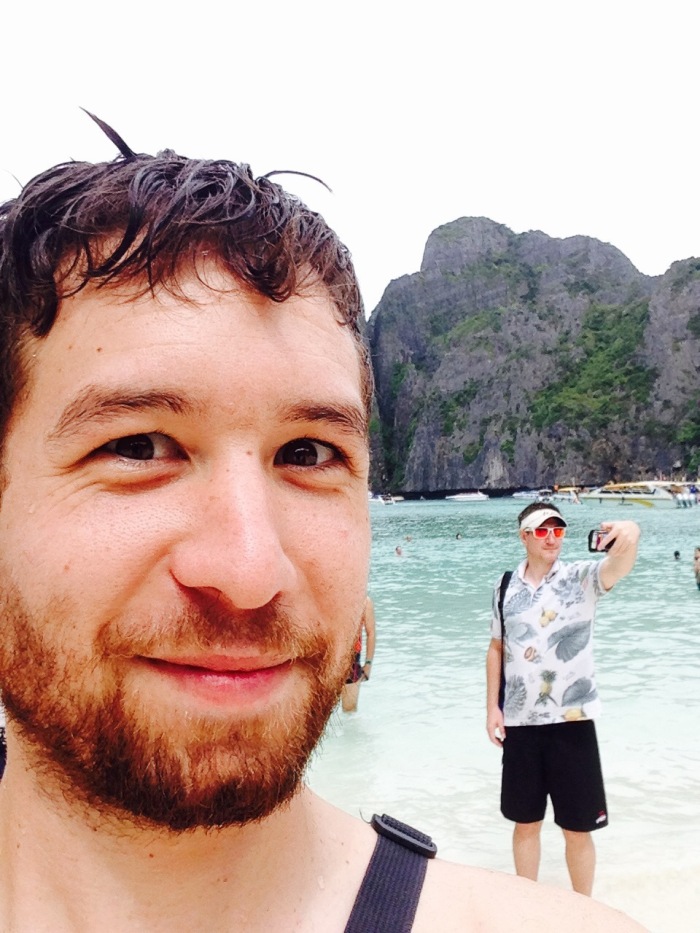
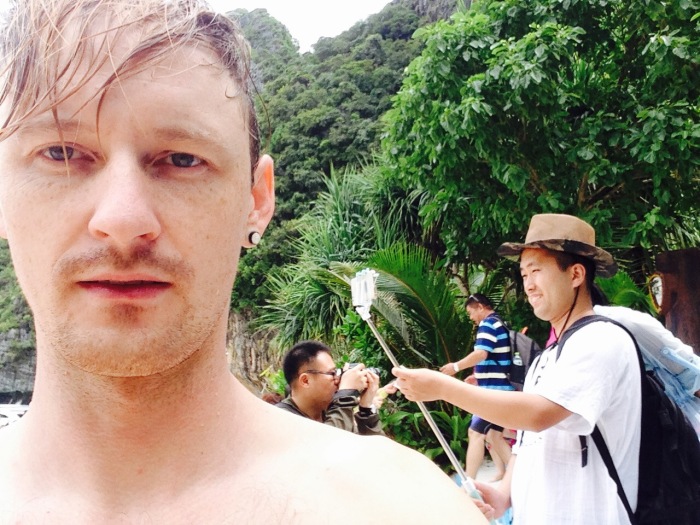
(Flash-forward to Chiang Mai, where Linden and I decided to push the envelope even further.)
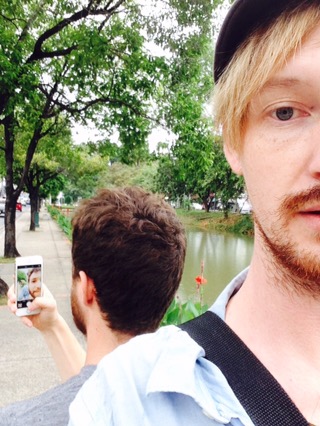
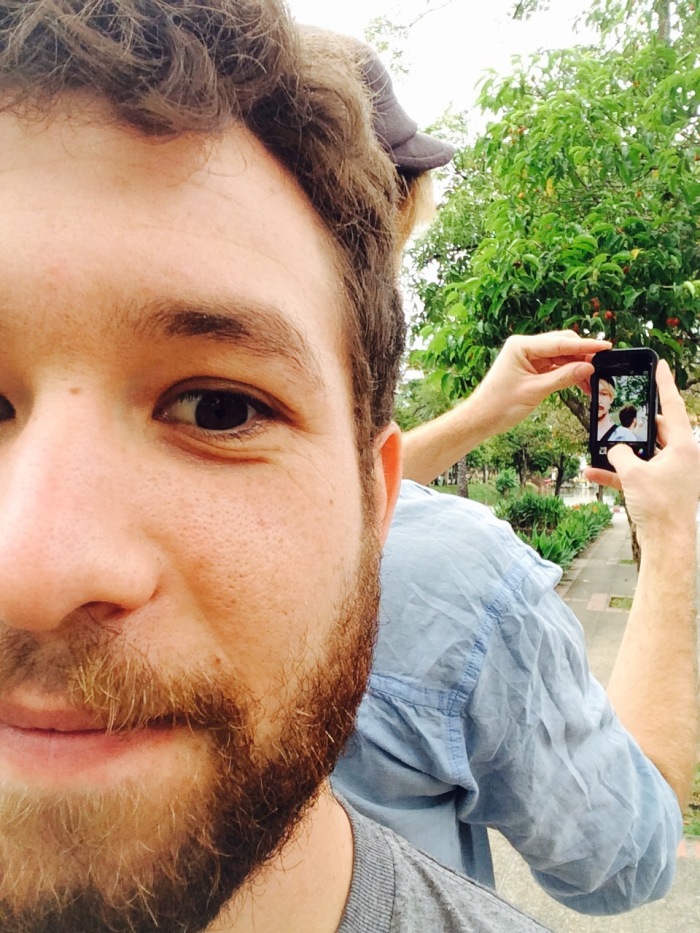
After a few days in Ko Phi Phi, Linden and I were pining for the more relaxed environment of Tonsai and decided to head back there to spend our few remaining days before flying north to Chiang Mai from Krabi Airport. We spent one of our last days kayaking around the ocean in the rain with some snorkeling gear. The snorkeling wasn’t too spectacular in the area but it was still a great day. We happened upon a clownfish taking shelter in an isolated anemone on the ocean floor. It would float up to greet us each time we would swim down to see it.
A lucky find.
